|
Rhonda Gothberg, a goat farmer and cheesemaker from Washington State, USA, joined us on the Artisan Bread Course Tuscany this year. She shared wonderful commentary and photos online during the course and has allowed us to share them with you in this blog post. We have put together her comments and photo captions below. Enjoy! First a note from us: Rhonda had travelled around Italy before joining the course, which began in Hotel Park Regina, Bagni di Lucca. 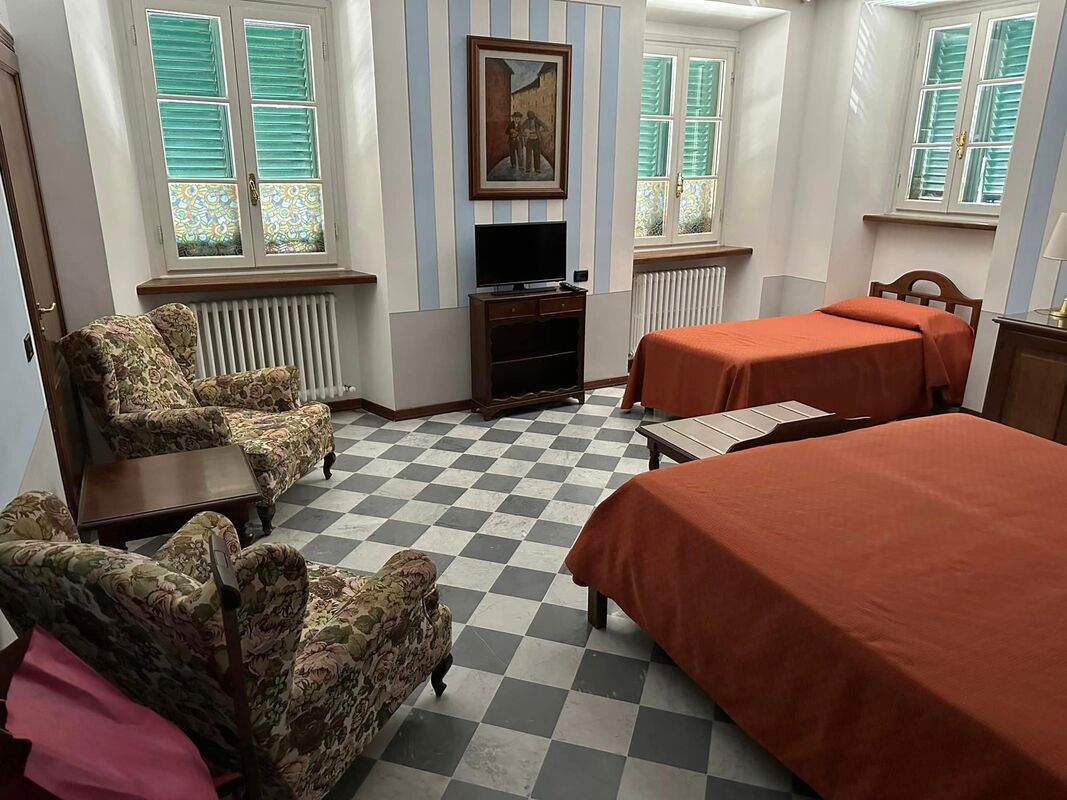 Arrived at our hotel. It’s an old classic. Maybe not for everyone but I like it. Very friendly desk help to me, the newbie. Arrived at our hotel. It’s an old classic. Maybe not for everyone but I like it. Very friendly desk help to me, the newbie. Sourdough bread making today with Chef Damiano at Fattoria Sardi. We were also treated to lunch there. We go back tomorrow to bake the bread and another lunch. Oh my goodness...all around excellent. A highlight today is a visit with Carlo. He’s 85 years old. His family has been blacksmithing for over 500 years. Sadly, no one is coming up behind him. This place is fascinating! It is run completely on water power. Such a skilled master artisan. We were all mesmerized. Today we worked with Chef Damiano again and got our bread baked from yesterday. We then had a tour of Fattoria Sardi vineyards and wine areas. We learned to make our own sourdough starter. Then another fabulous lunch. After that we visited a farmer who grows ancient varieties of wheat. A brief rest at the hotel then out to dinner for pizza and a beer. We learned to make these yeasted flat breads [Ed.--fogaccia leva di Gallicano] yesterday. These are made on traditional flat iron sort of griddles. Some call the pan testi but there are other names [Ed.--cotte in Gallicano] depending on the village tradition. Our hosts have been best friends since birth. What a duo! The ensuing lunch with this traditional food was really good. It is served with a local bean and sausage ‘soup’ [Ed.--fagioli all'uccelletto, a traditional Tuscan bean stew]. Then they taught us a version made with chestnut flour [Ed.--necci] and rolled around fresh ricotta. After this, we went to another village to learn the same technique for one with no yeast or rise, a mix of flour and cornmeal [Ed.--criscioletta of Cascio], with strips of pancetta cooked into it. Needless to say no one was hungry for dinner. A flour mill that is still driven by water. Note that the water wheels are horizontal. They made the flours for our flatbread class. Then on to more beautiful places. Rhonda was unable to take part in the final day of the Artisan Bread Course Tuscany. If she had she would have learned about the Slow Food Presidium Garfagnana potato bread with Paolo Magazzini. With a visit to Paolo's farro polishing machine and free range beef cattle during gaps in bread making. Topped off with a lunch cooked by Paolo's wife!
This was all part of the Artisan Bread Course Tuscany, which will be taking place again from 11–16 February. It used to be in July, but it's too hot now to do anything, much less bake bread. Find out more here. If you landed here by chance and would like to be notified of future posts, you can sign up here. If you’d like periodic news about our tours and courses, sign up here.
0 Comments
Very few people I know have been to Sardinia. If they have, they went with the kids and stayed on the beach. If I ask people where in Italy they would like to go, Sardinia is rarely in their top 10. Yet it has so much to offer: Even I only went to Sardinia by accident. Some weavers who were coming on one of my Tastes & Textiles tours in Tuscany asked me to take them to visit a woman who weaves ‘sea silk’, the filaments of the beard of a sea mollusc. Reluctantly I agreed and hopped over from Pisa, only 50 minutes by plane to Cagliari, the capital of Sardinia. It wasn’t love at first sight. But, like people, I believe places merit more than a casual glance. Many reveal their treasures only to those who patiently dig below the surface. There’s no better way to get to know a place than to learn from the locals. Enter Antonio Arca. He was born in Alghero in northwestern Sardinia and moved to London in 2004, the same year I came to Lucca. His company Capo Caccia Fine Food imports the products he knows and loves from small, trustworthy suppliers. During one of my research trips to Sardinia, Antonio advised me to go to Sa Sartiglia festival in Oristano, in the west central part of the island. You can read about it here. I was travelling with friends who wanted to go to Cabras to see the Giganti di Mont’e Prama, but I was too engrossed in the festival. I was meeting farmers and family food producers at street stalls. One of these was Marcello Stara, a local rice farmer. I don’t know why I’m so excited by rice. Maybe it’s the flavour of good rice (not the bland quick-cook stuff) and its versatility in different cuisines from Asia to Italy. Maybe it’s the fact that it grows in water and required communal cooperation to provide the irrigation. Maybe it’s just how beautiful it looks in the field. In any case, I was already conjuring a tour to include Marcello and his rice during the harvest so we could find out how it’s processed and what freshly harvested rice tastes like. But one farmer doesn’t make a tour. I consulted Antonio. Did he know know other people in the area? Would he like to collaborate on a tour? Yes and yes. We planned a research trip together. First we needed a place to stay. For me it had to be an agriturismo (farm accommodation) so we would be investing in the rural economy. I found three suitable ones on the internet. Antonio chose L’Orto. Not only do they have enough private rooms with en suite baths, but they have a restaurant and dad is a fantastic cook. Everything local and perfectly cooked. We visited Marcello and his rice fields. He introduced us to Davide Orro and his family in the next village. Davide could almost be a tour in himself. He’s an enthusiastic winemaker and olive farmer and his sister Ester makes decorated festival bread. He planned our day: start picking olives, cure and bottle the olives, learn to make decorate bread with Ester. Lunch: bread, local cheeses and salumi, olives, wine. One of the grape varieties is known to have been grown in the area 3000 years ago. Davide suggested we go see Sandro Dessé. He’s even more versatile than the Orro family. You arrive at his farm and see a paddock of sheep and goats, one of donkeys and horses, pigs at the back and dinosaurs over to the side. Behind the pigs are fruit trees and vegetable gardens. Sandro is a practitioner of the circular economy. Not only does he produce the raw ingredients, but he processes them as well. There’s a small abattoir, a laboratory for curing pork, a cheese dairy and a kitchen for drying fruit and making pasta. His dining room seats 250 guests. Sandro’s wild, wide-eyed enthusiasm is contagious, but we can’t do everything in one visit. We must have a tour of the farm, and it would be fun to have a lesson making the delicious stuffed pasta called culurgiones, which we can eat for lunch along with Sandro’s many other products. Here we pick up the trail of some of Antonio’s friends. Paolo Lilliu, a butcher, who makes the salsiccia sarda, which you can cook when they’re fresh or air dry and eat like salami. On your morning with Paolo you’ll make your own, after which we’ll go to his friend Sandro Picchedda, a saffron and peperoncino (chili pepper) farmer for a barbecue and a traditional dessert made with saffron. Some other friends of Antonio introduced us to cowherd and cheesemaker Giuseppe Sanna who makes the Slow Food Presidium cheese casizolu from the milk of his own cows. He's willing to let you try your hand at forming the cheeses. My friends came back wide-eyed and enthusiastic about the Giganti di Mont’e Prama, bigger than life-size stone statues of warriors which probably date to around 800 BC. Having been an archaeologist, I had to see them too. Luckily they reside in the seaside town of Cabras, which is also a centre of bottarga production. We talked to several producers who told us about the technique for fishing the grey mullet, cleaning them and salting and curing the roe to make the much sought after and expensive delicacy bottarga. The gentle and generous Giovanni Spanu invited us into his production facility. The Giganti were even more impressive than I had imagined. They immediately became the mascots of the tour—little-known giants, the heroes of their land. Our living giants are smaller and gentler, but fighting all the same to maintain their products of quality and the role of the small farmer and producer in an ever more global economy.
Find out more about the Giants of Sardinia tour here. If you landed here by chance and would like to be notified of future posts, you can sign up here. If you’d like periodic news about our tours and courses, sign up here. This blog was originally published on Slow Travel Tours on 26 August, 2018. By Alison Goldberger When I wanted to learn how to make salami I knew travelling to Italy was the only way to do it, so I booked onto the Advanced Salumi Course in Tuscany with Sapori & Saperi Adventures. The course was incredible, and I learned so much. I was also so impressed by Erica and her company that I asked her if we could collaborate. I’m a Scottish journalist and organic pig farmer but have lived and worked in Austria since 2015. Now I assist Erica with social media and online marketing. I absolutely love telling people about my time on her course and now I am excited to share with you why I think travelling with a local expert in 2022 (and beyond) can only enhance your holiday experience! Eat in incredible restaurants...and in private homes One of the most wonderful experiences I had was to dine in restaurants uncovered by Erica after years of eating and living in Tuscany. You can be guaranteed you’re not just eating in the restaurant all the other tourists found online! We were treated to dinner at Il Vecchio Mulino, where Andrea brought out course after course of exquisite local food. Many of Erica’s courses and tours also include meals in private homes. In Capezzano I was welcomed into Gabriella’s home where I ate the best seafood I’ve ever had. The freshest seafood cooked to perfection and an extremely warm welcome – it was an unforgettable experience. Learn how to make prosciutto as the artisans do Do you have a passion for prosciutto like I do? It’s unlikely you can just stroll up to any producer and they’ll tell you how it’s done. But when you travel with a local you certainly can, and they are happy to answer all your questions. When learning all about salumi in Tuscany I visited numerous artisans and gleaned the knowledge they’ve garnered over a lifetime. On these tours you’re also supporting these very small businesses, creating wonderful slow food with a passion you’re unlikely to find in large-scale producers. What’s more, you get to taste their incredible products! Savour products from small-scale producers You want to visit a local organic olive oil producer, or have always wondered how chestnut flour is produced, or perhaps gelato is more your thing? These were all requests during my course and every one was fulfilled! I took home a bag of chestnut flour after seeing how chestnuts are dried and milled. I sampled the best pistachio gelato at Cremeria Opera in Lucca and bought the tastiest new-season olive oil from Claudio Orsi of Alle Camelie. Erica has built up so many contacts across the region and she is happy to help visitors find what they’re looking for.
Erica drove us during our course so she was always on hand to answer questions and give us explanations about what we were seeing as we travelled. It was information born from a passion for Tuscany and gave us a wonderful insight into the history of the region as well as what it’s really like to live there. This is a feature of all tours and courses from Sapori & Saperi. For instance, on the Tastes & Textiles tours participants learn all about Lucca’s rich tradition of producing textiles. Meeting local craftspeople provides a wealth of knowledge you couldn’t get elsewhere! Did someone mention gelato I know one of my first thoughts when I think of Italy is gelato. We were taken for a quick pit-stop to sample some delicious gelato. It was actually in the Cremeria used for the Art & Science of Gelato course run by Sapori & Saperi. During that course participants immerse themselves in the icy world of Mirko Tognetti of Cremeria Opera Naturali per Gusto, Lucca. They learn his secrets and the science behind gelato and how to create their own flavours. Sounds like an absolute dream to me!
If you landed here by chance and would like to be notified of future posts, you can sign up here. If you’d like periodic news about our tours and courses, sign up here. This blog was originally published on Slow Travel Tours on 20 January, 2019. If you come to Lucca for only a day, arriving from Florence late morning and off early the next to get to the Cinque Terre, you’ll miss the pleasures of Borgo Giannotti. Compared to the amphitheatre, the Guinigi Tower with oaks growing on top, the wedding-cake columns of San Michele church and the massive encircling walls of the historic centre, Borgo Giannotti doesn’t look like much. Immediately outside the north gate of Lucca, it was a meeting point for merchants coming from the port of Viareggio, a place to stop and refresh themselves before turning up the Serchio Valley to sell their merchandise in the Garfagnana. It developed into a thriving artisan quarter, and retains that vibrancy of people making and doing things, occupations that the waves of mobile phone shops haven’t yet totally swept away. So come with me for a Saturday morning trawl in Borgo Giannotti. We might be mistaken for drunks, rare as they are here in Lucca, weaving from one side of the street to the other following the trail of my favourite places. On the left we come to coffee importers and roasters Bei & Nannini. It’s not my favourite coffee, but I like the shop front and, apart from the coffee beans themselves, it’s local. It was founded in 1923 by Guido Nannini and Giovanni Bei and is still in the ownership of the two families. There are many small groceries, delicatessens and specialist food shops in Borgo Giannotti. You can do all your shopping from the friendly vendors in the space of a few hundred metres without ever entering the anonymity of a supermarket. Crossing over to the right we find a fishmonger. Over on the left is one of many fruit and vegetable shops. Since it’s Saturday, we’ll continue up the street to the farmers’ market. Still on the left, look at that exquisite tiled shop front (it was even more beautiful before some developer painted over the ochre wash above). On the right we come to a bakery with many enticing goodies in its window. I suspect torta di erbi is a relict of Renaissance, and maybe mediaeval, times when sweet and savoury were often mixed in a single dish. As strange as it sounds, this delicious tart is filled with Swiss chard, parsley, bread crumbs, raisins, candied peel, pine nuts, grated pecorino and parmigiano, sugar, cinnamon, nutmeg, rum and eggs. Becchi means ‘birds’ beaks’ and refers to the form of the pastry; shaping them is a skill in itself. Over on the left again is a tap where locals come to fill their water bottles for drinking at home. It’s free! Next to the fountain is Angolo Bazaar where you can find almost any utensil or container you need for your household and many gifts to take to friends at home. It used to be on the corner (angolo), but moved down one space to make way for a discount sport shoe shop. Via Stalle means street of the barns—something like a mews in London. You could spend a couple of hours in this Aladdin’s cave starting with the baskets at the front and penetrating into deeper and deeper caverns stacked from floor to warehouse ceiling with crockery, wooden kitchen utensils, garden tools, hosepipes, canvas—an inventory too long to list. I’ve brought my sickle and pennato lucchese (a kind of billhook) to be sharpened opposite at L’Arrotino. Many people take their utensils to artisan sharpeners, and itinerant ones come to some open-air markets. The Bertinis have been sharpening knives in Borgo Giannotti since 1956. They also sell quality knives from those forged traditionally in Italy to Japanese knives of Damascus steel. Every kitchen needs at least one! Continuing on the right, we come to a delicious smelling grocery stuffed with tasty products, including tortellini fresh from the Favilla pastificio of Lucca. There’s something special along the road to the right, but first we’ll continue to the top of Borgo Giannotti. When it’s lunch time, we can eat at Buatino, where the cook changes the menu every day to take advantage of seasonal ingredients. We cross over the outer ring road and come to the Foro Boario. This has nothing to do with wild boar. Boario refers to cattle and the Foro Boario was the cattle market, used in September when herders brought their animals to sell in the city. The Festa della Carne e della Macelleria Tradizionale (Festival of Meat and Traditional Butcher Shops) held annually in the middle of September commemorates this practice. More in the old spirit of farmers selling their produce to the public is the farmers’ market that takes place at the Foro every Saturday morning. If you buy your fruit and vegetables here, they’ll be fresh and seasonal. You’ll meet the growers and can ask for recipes for ingredients you’ve never used before. Time for a coffee at the bar opposite the Foro and then we walk back to the monument, which turns out to be a road sign. We turn left and if I weren’t with you, you’d walk right past this grey-green building and boring gate. You would be missing a great treat. It’s a handmade tile factory founded by the current owner’s great-grandfather in 1902 to make tiles in the ‘Liberty’ or Art Nouveau style, which was all the rage in Europe at the time. Press your nose against the dirty showroom window (perhaps never washed since 1902?) and you can see some of the patterns that Francesco Tessieri’s four artisans still make by the same techniques. They’re closed on Saturdays, but if we come on a weekday, Francesco will take us into the workshop and explain as we watch the process. Among his many commissions were restorations of floors in the homes of Gucci and Pavarotti. Around the corner are some over-the-top examples of ‘stile Liberty’ houses whose floors are surely paved with Tessieri tiles. Our tour is done and it’s time for a delicious lengthy lunch accompanied by good wine and conversation. So like the merchants of old, why don’t you make Lucca your city to dawdle in, to catch your breath and refresh yourself?
If you landed here by chance and would like to be notified of future posts, you can sign up here. If you’d like periodic news about our tours and courses, sign up here. This blog was originally published on Slow Travel Tours on 13 January, 2013. This blog was originally published on Slow Travel Tours on 28 January 2017. Did you know that olive oil is the only common cooking oil that is the juice of a fruit? All the other oils we use in our kitchen come from seeds: sunflower, rapeseed (canola), peanut and grapeseed. This realisation leads directly to another question. Would you cut an orange, leave it on the counter for a week and then squeeze and drink the juice? Would you step on an apple, leave it on the table for three days and then eat it? Yet that’s what happens to many olives before they’re pressed to extract olive juice. I’ve tasted and written a lot about olive oil, but this idea had completely escaped me until I met Elisabetta Sebastio last year. She’s a professional olive oil taster both for Italian Chambers of Commerce and international olive oil competitions. We ran our first full-day olive oil class during my Autumn in Tuscany tour in November 2016 (now we run a full course on the subject of olive oil: Olive Oil: Tree to Table in Tuscany). It was a revelation for all of us. We gathered around her kitchen table. She taught us how the professionals taste and rate oil. We tasted eight olive oils. The first was a surprise and I don’t want to ruin the impact by telling you what it was. Then there were four new-season oils: one from Sicily, two from Tuscany and one from the Abruzzo. Some people liked the tomato scent of the Sicilian one, others the bitter piquancy of the Tuscans. Lots preferred the less in-your-face qualities of the Abruzzese. Under Elisabetta’s guidance it was so easy and we were proudly feeling like experts when we started on the three defective oils. Wow! It was so clear that they didn’t measure up, and we could describe what was wrong with them: rancid, vinegary and fusty. We didn’t want to put them in our mouths. You’ll taste lots of mildly rancid oils in restaurants due to poor storage in clear bottles in the warmth. There were more revelations. Contrary to popular belief, true extra-virgin olive oil has the highest smoke point of any vegetable cooking oil. Another fact some people don’t realise is that it deteriorates with every passing day, even in a sealed bottle. If you’ve got some excellent oil, carpe diem. It will be worse tomorrow. But olive juice isn’t just for cooking. In Italy it’s mainly used as a condiment, like salt and pepper. This got us thinking about which olive oil goes best with which foods. Elisabetta had devised a lunch to demonstrate the classic pairing of regional dishes with an oil of the same region. We got to help prepare orecchiette (an ear-shaped pasta from Puglia) with an artichoke sauce seasoned with extra-virgin olive oil from Puglia. Sadly, we ran out of space in our stomachs before we could taste all the different dishes Elisabetta had prepared. I took another group to her home in December. One of them loved chocolate and Elisabetta assured me she could source some olive-oil flavoured chocolate. The platter of chocolates was beguiling and they tasted fantastic. She had made them herself! Join me on the course Olive Oil: Tree to Table in Tuscany from 18–23 November 2021 and meet the amazing Elisabetta and have fun with olive juice.
If you landed here by chance and would like to be notified of future posts, you can sign up here. If you’d like periodic news about our tours and courses, sign up here. |
Email Subscription
Click to subscribe to this blog and receive notifications of new posts by email. AuthorErica Jarman Categories
All
Archives
October 2023
|
|
copyright 2017 sapori-e-saperi.com | all rights reserved
|
Website by Reata Strickland Design

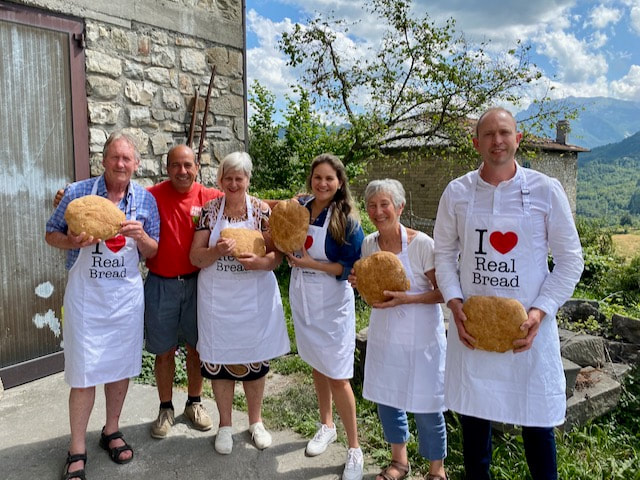

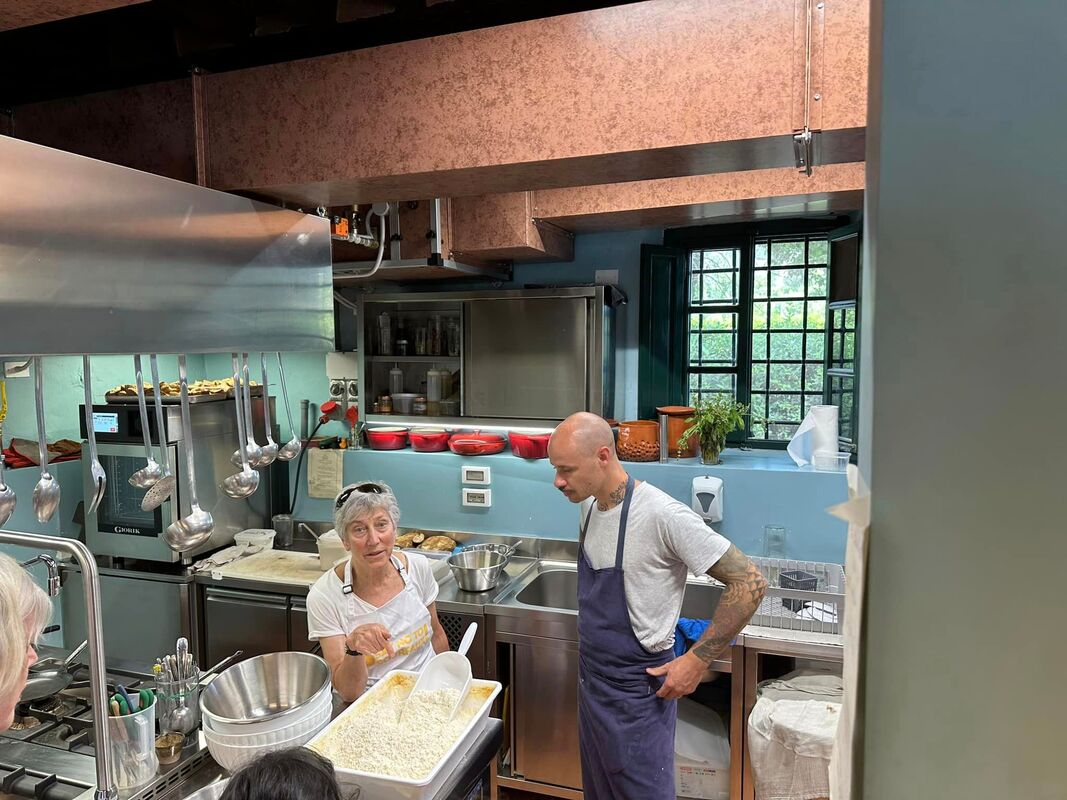
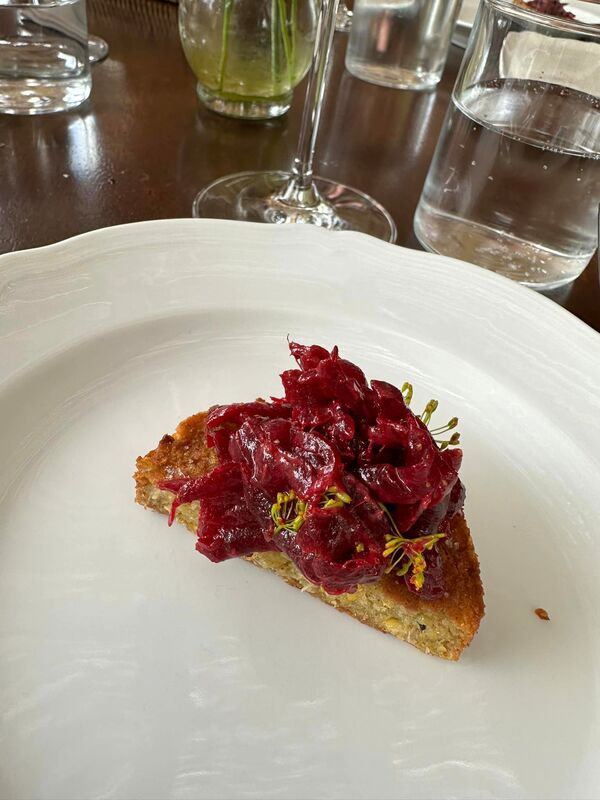
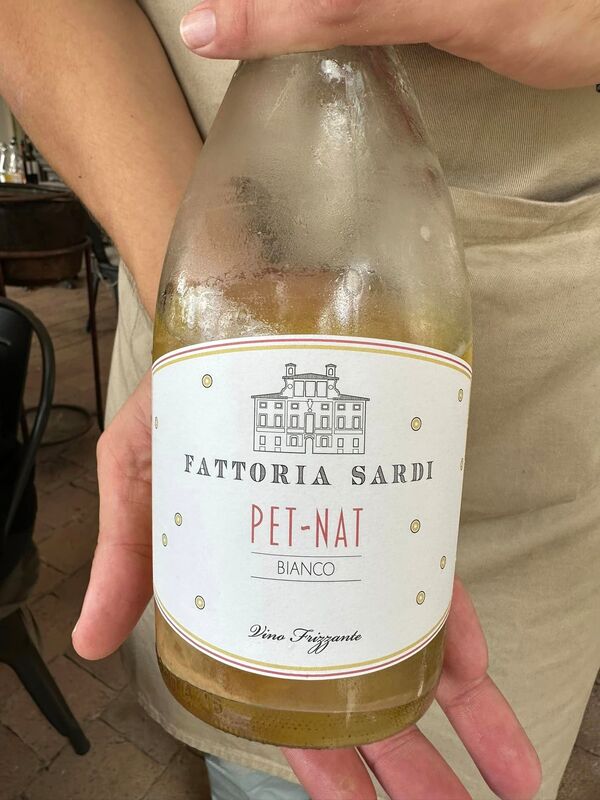
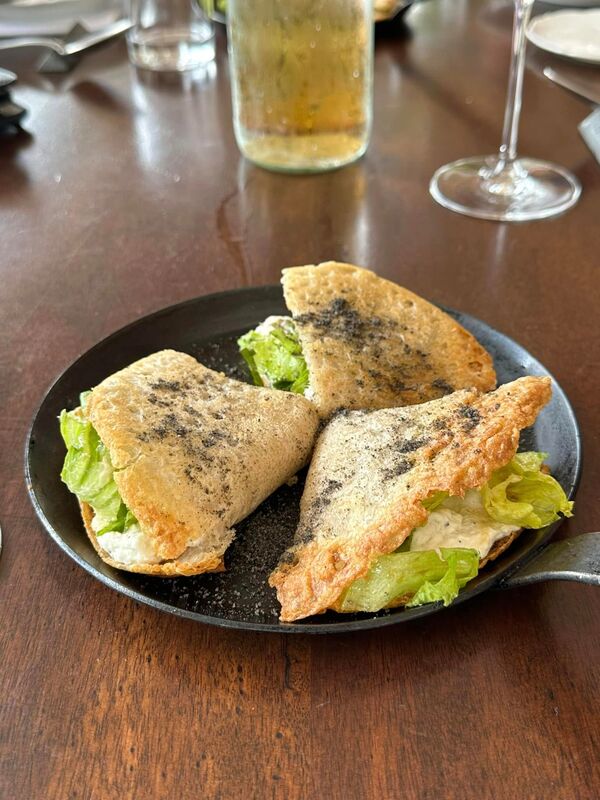
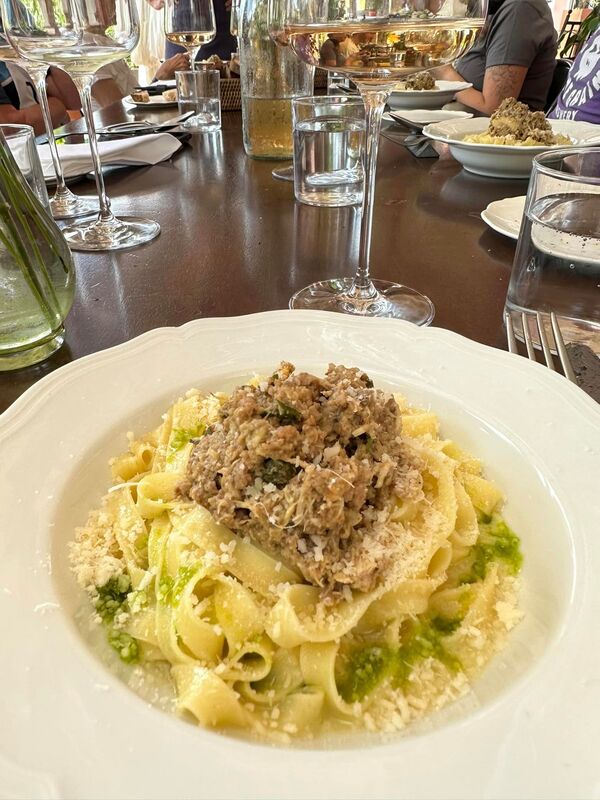
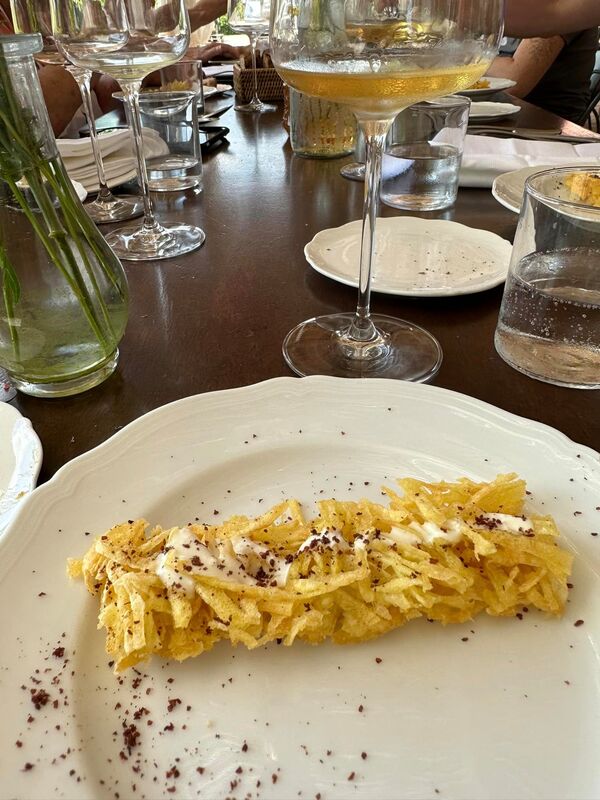

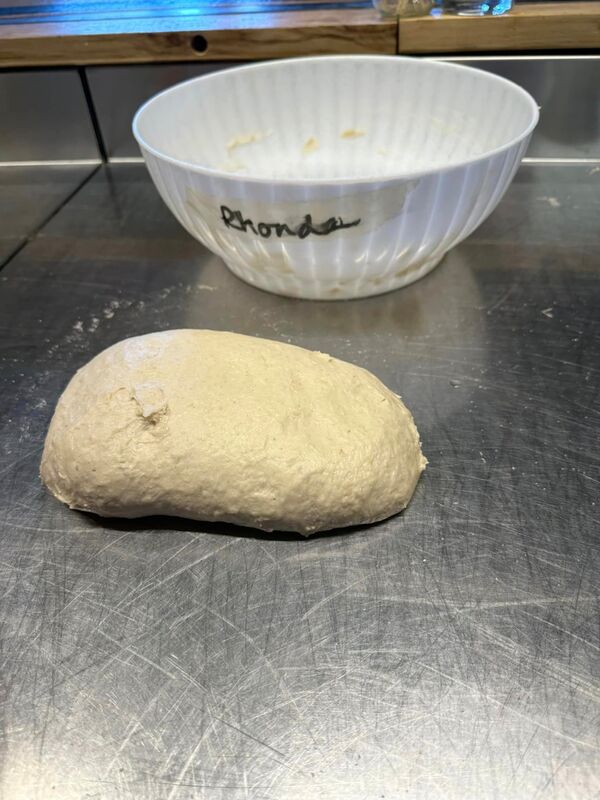

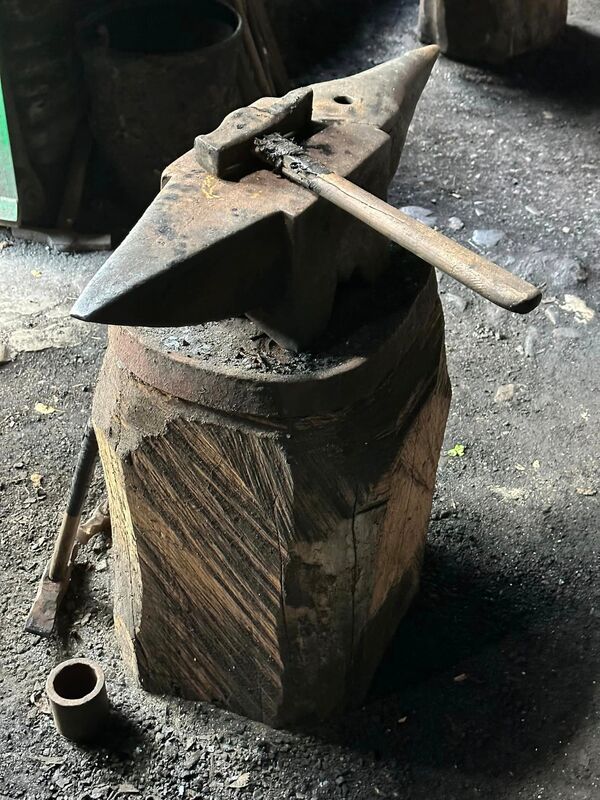

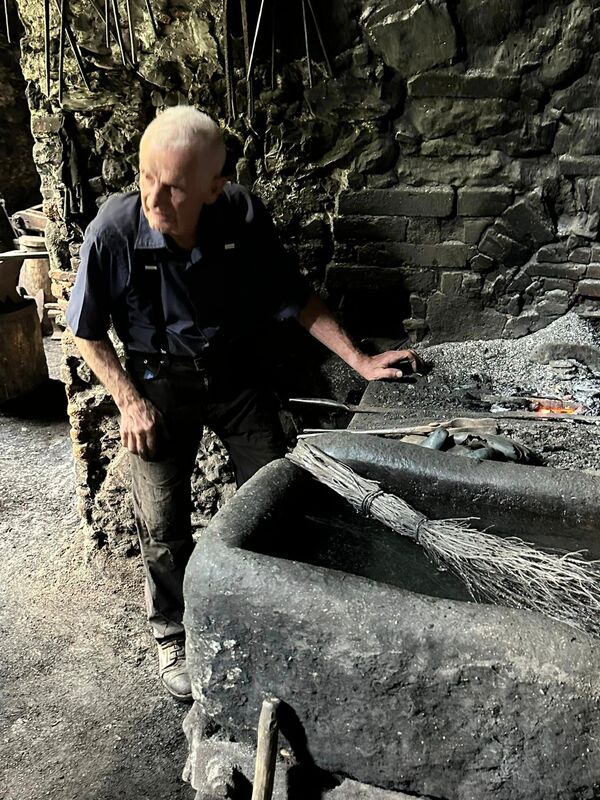
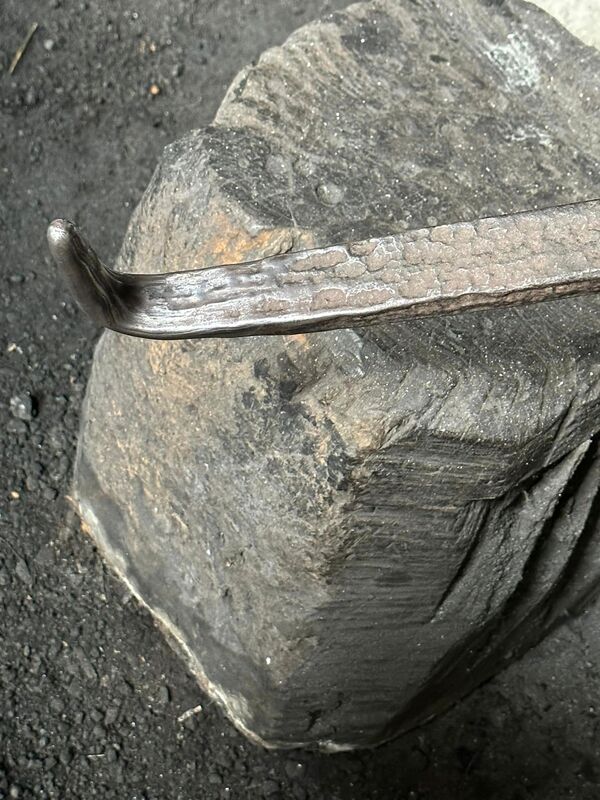
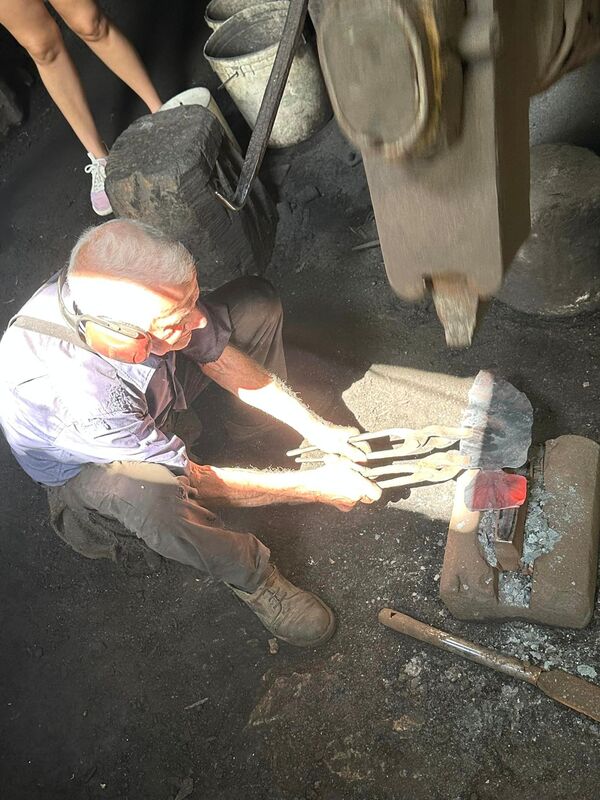
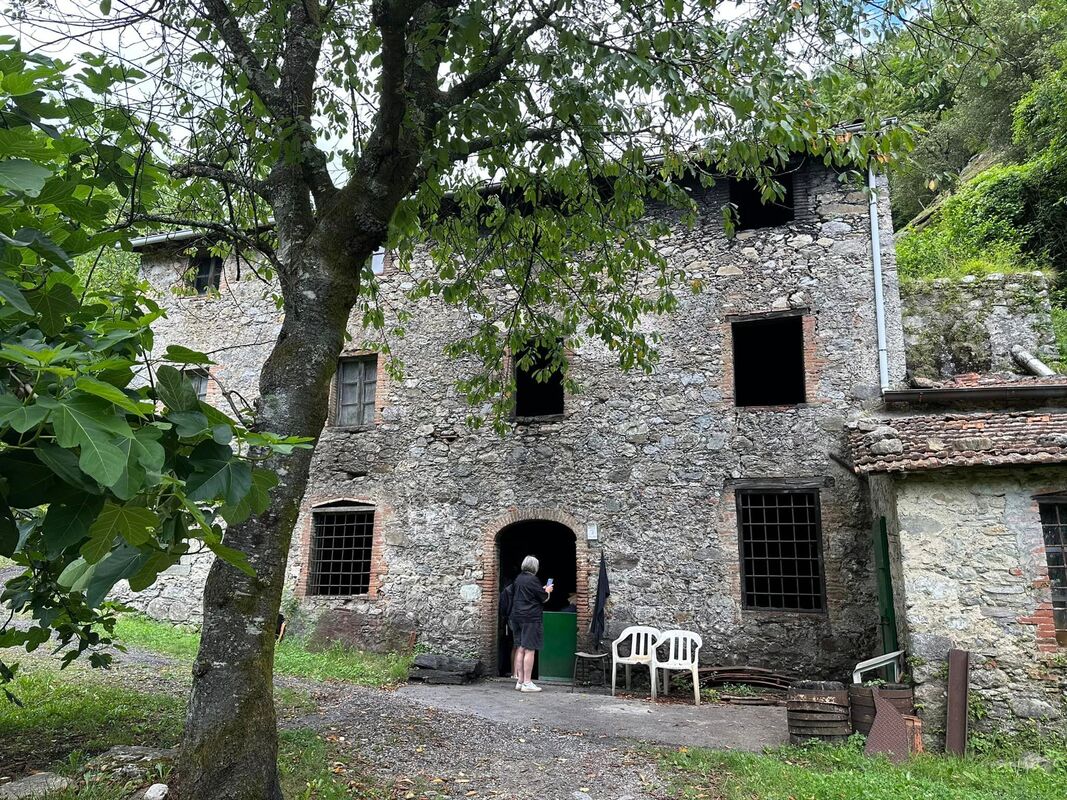
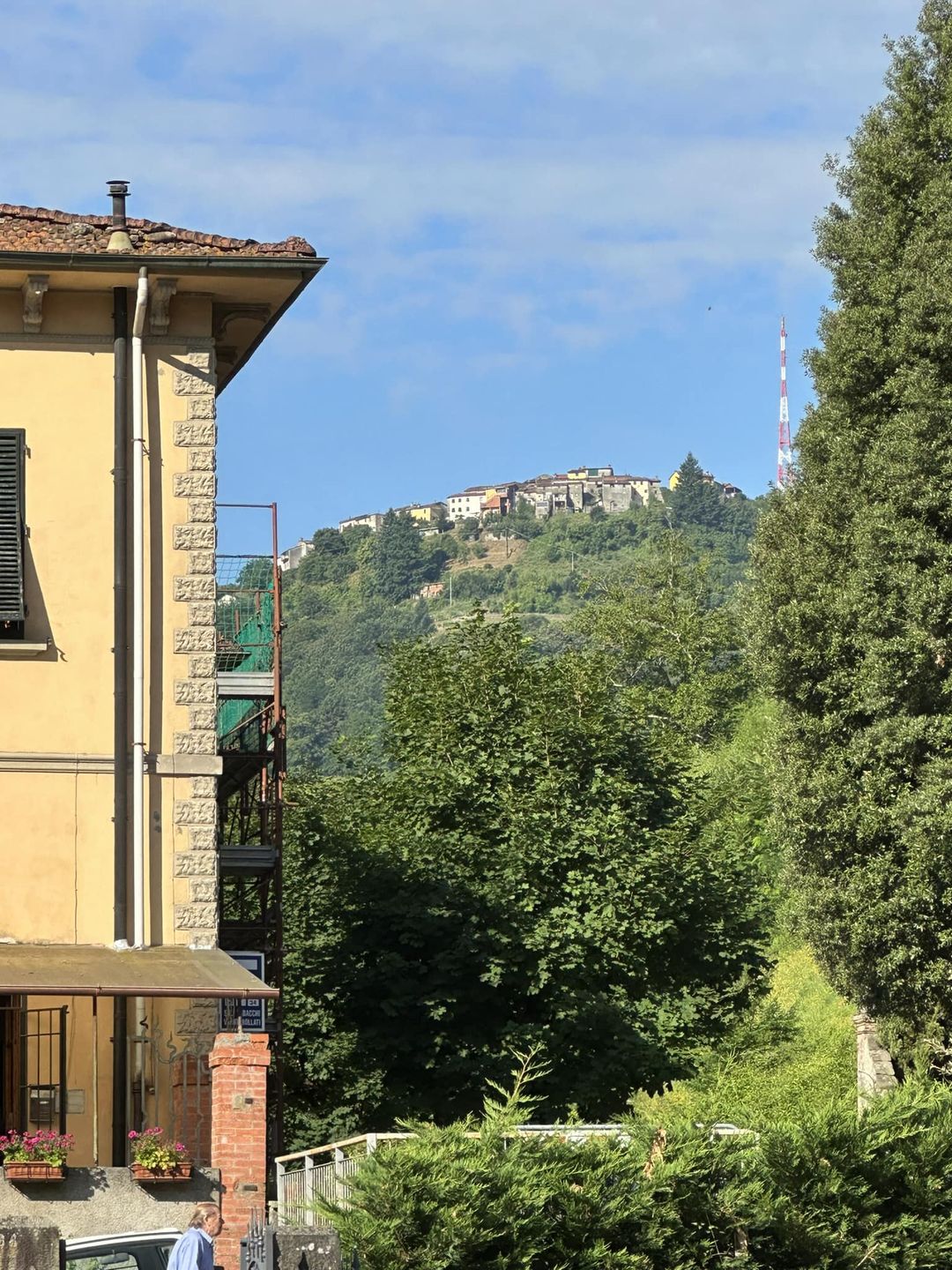
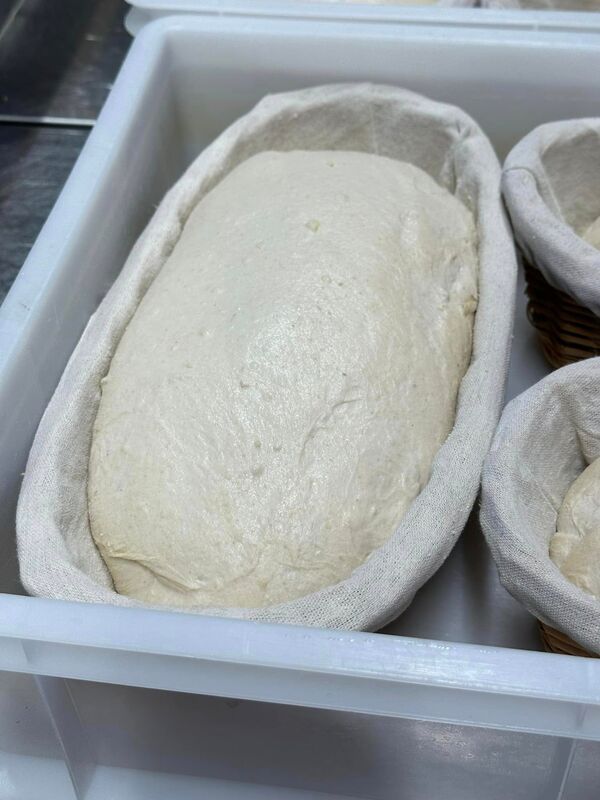
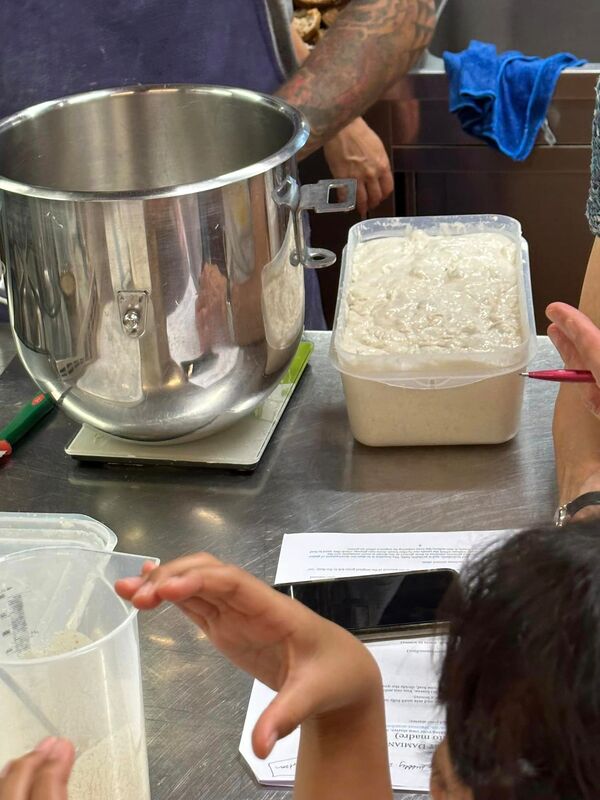
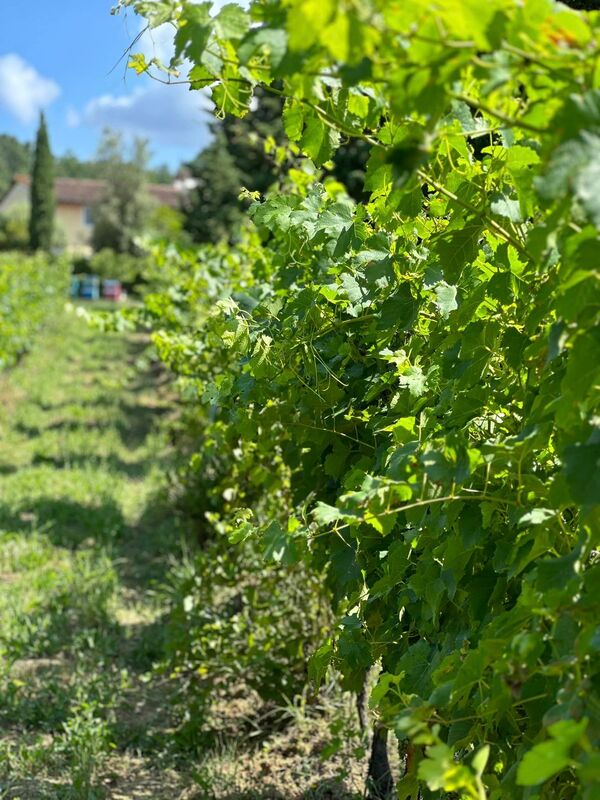
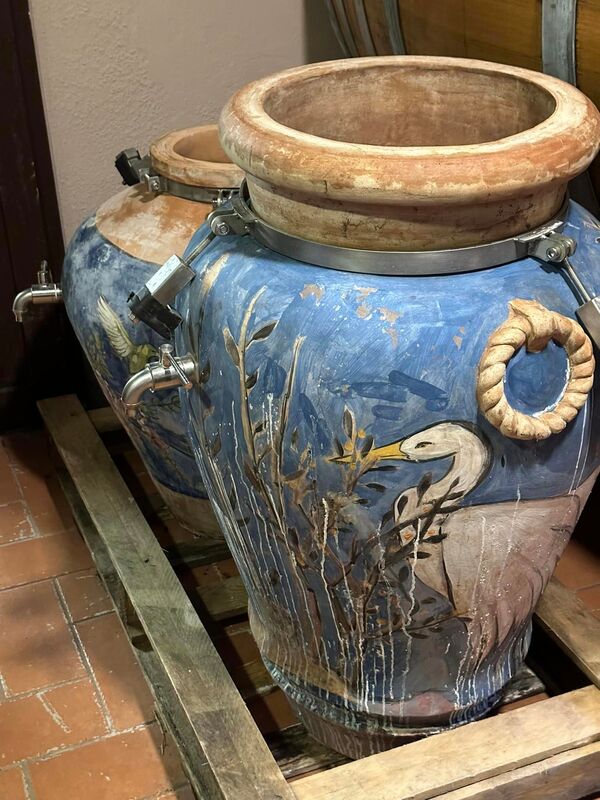
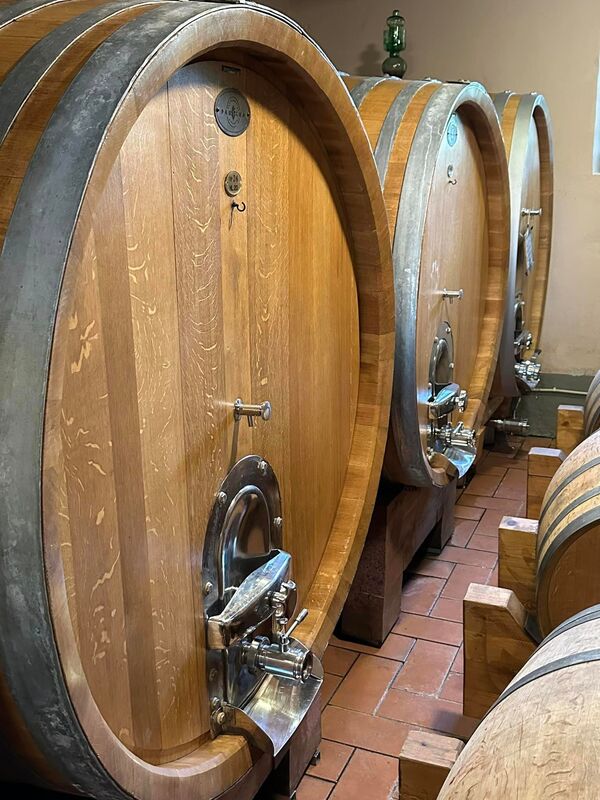
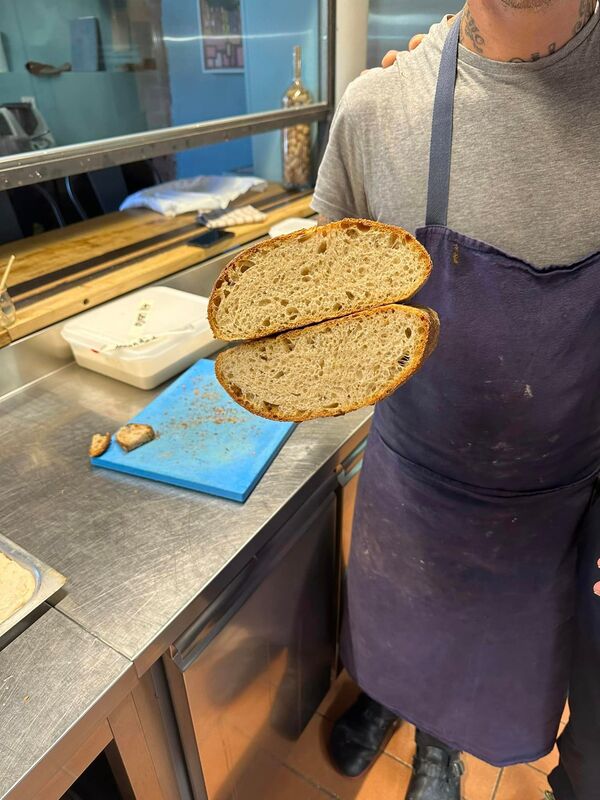
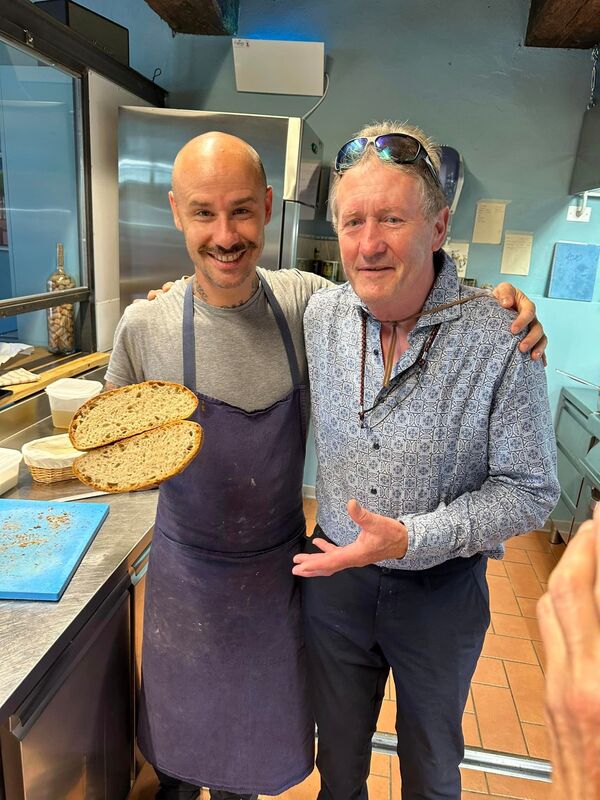
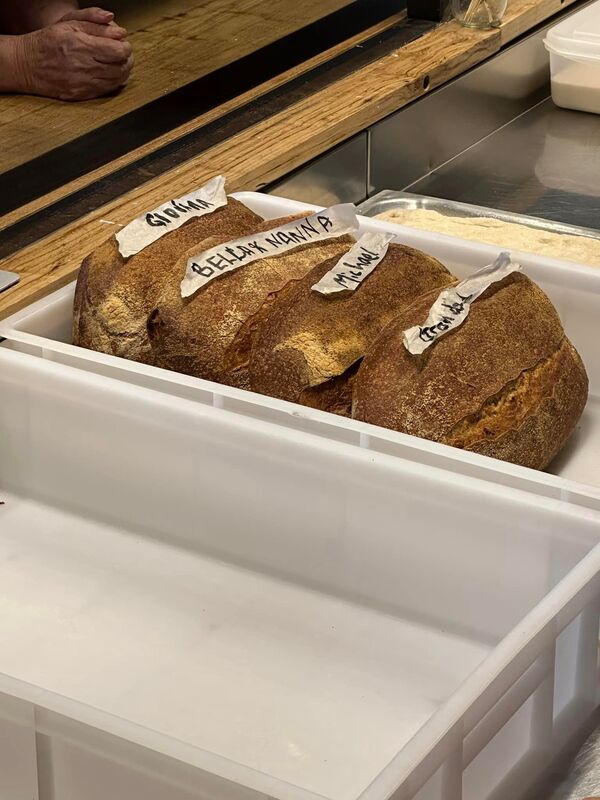

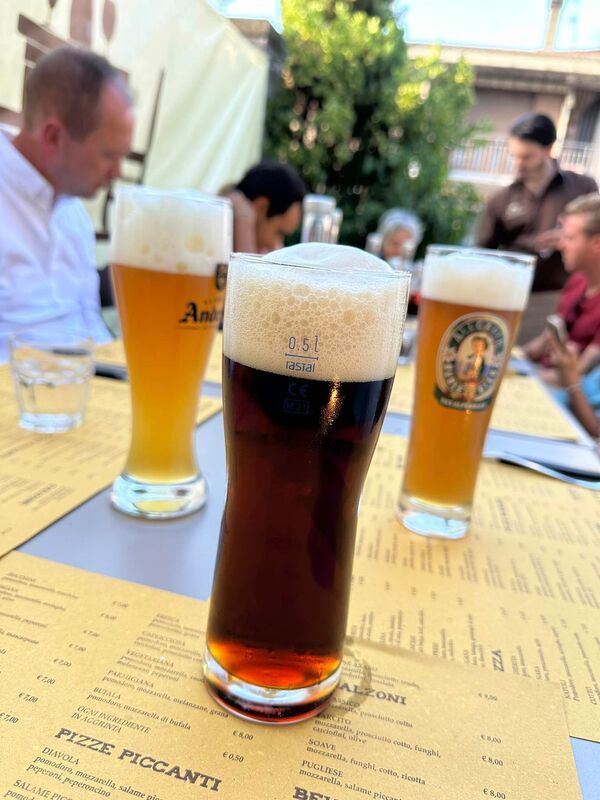
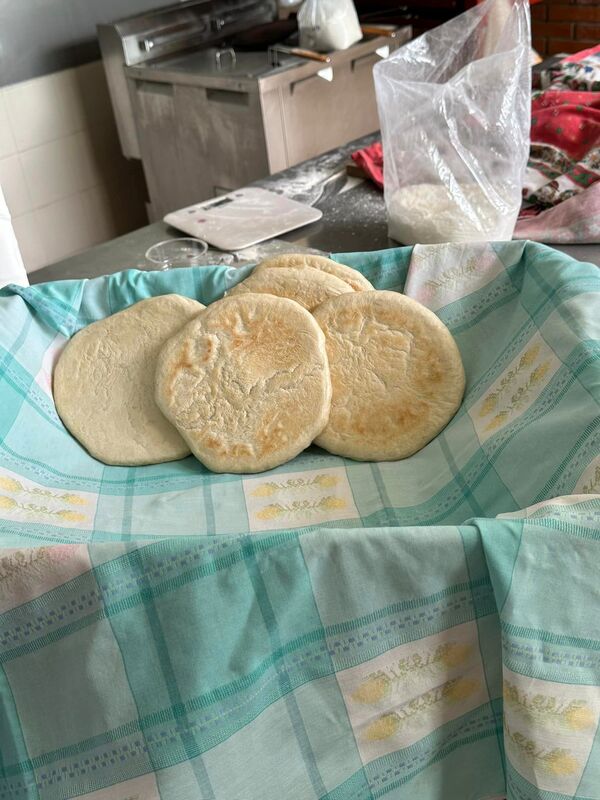

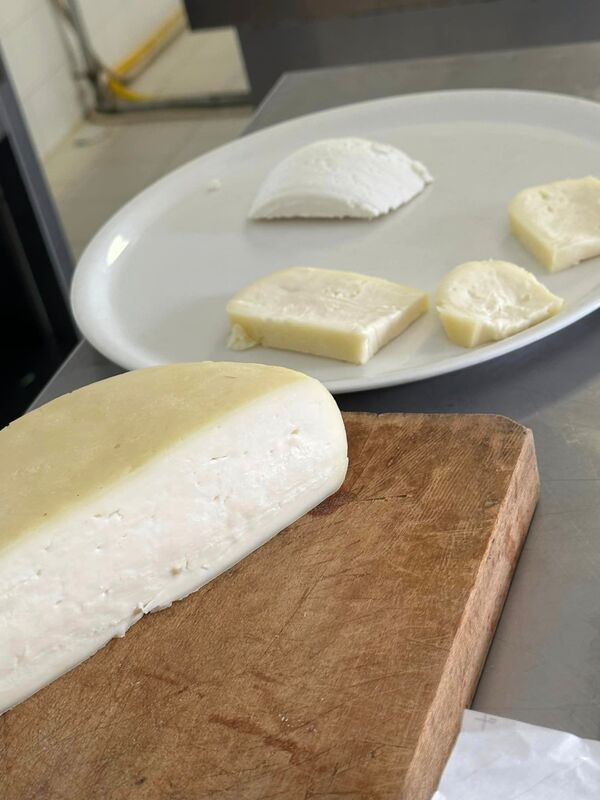

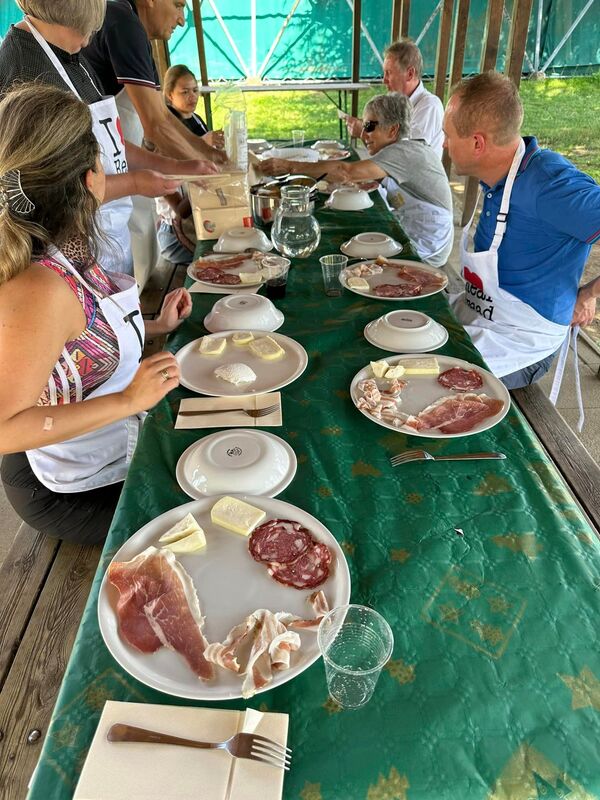

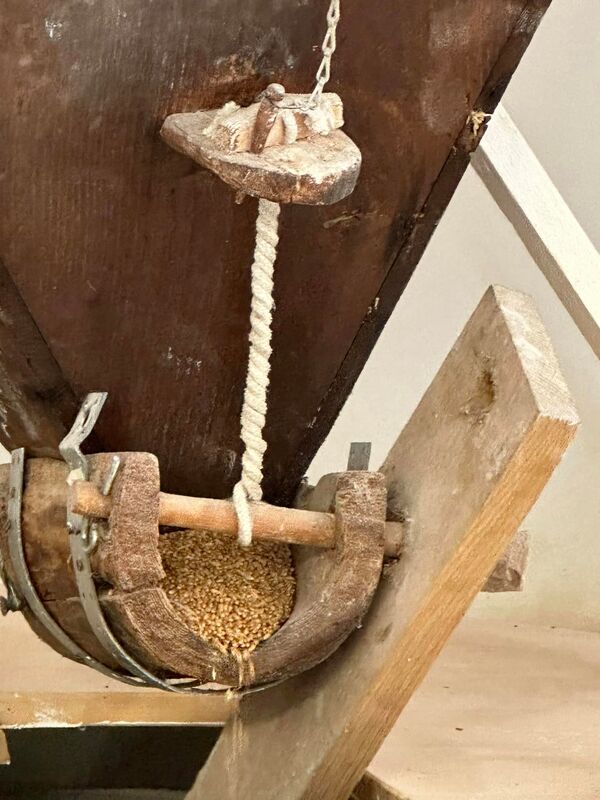
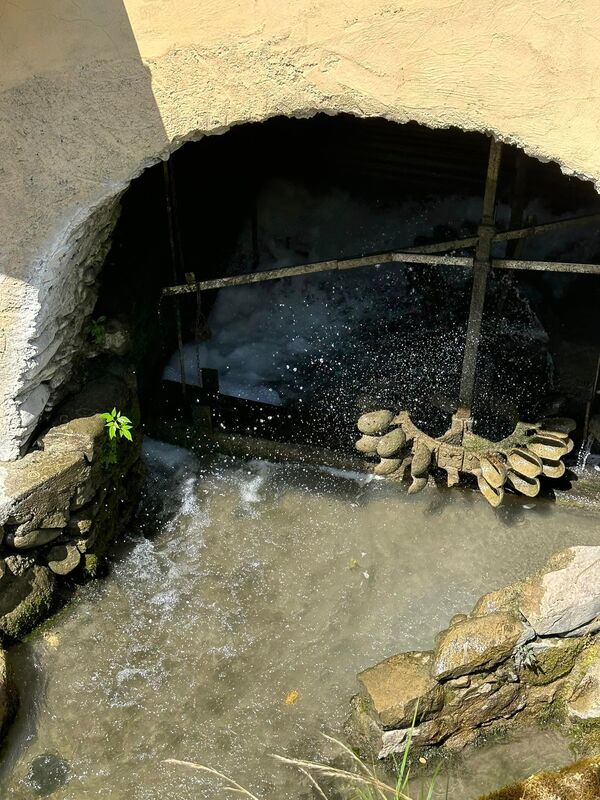
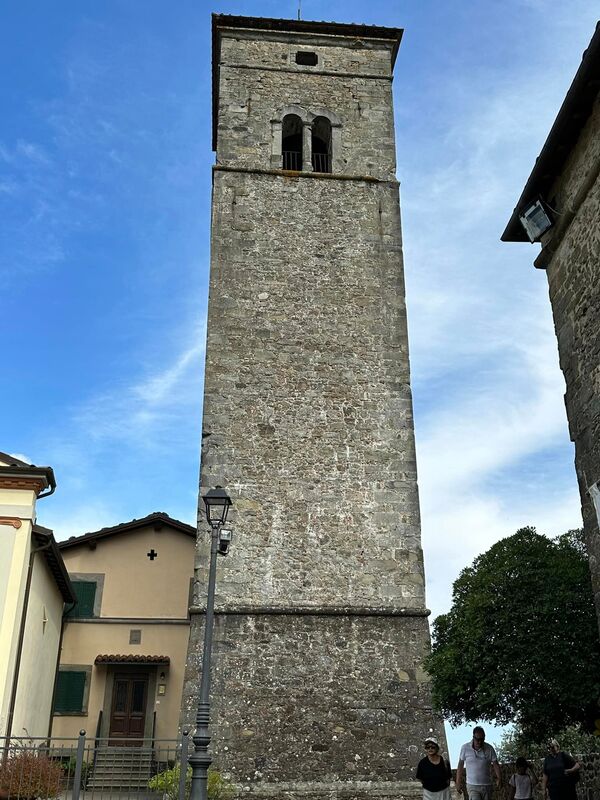
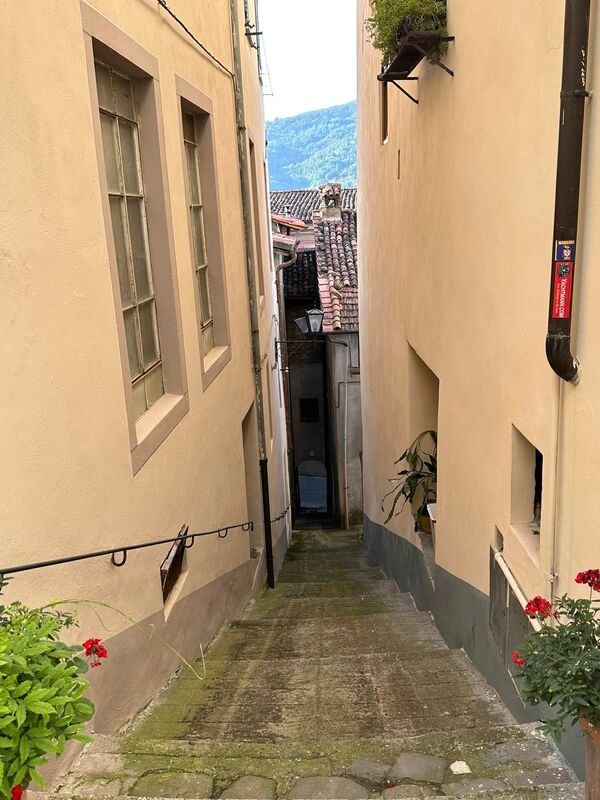
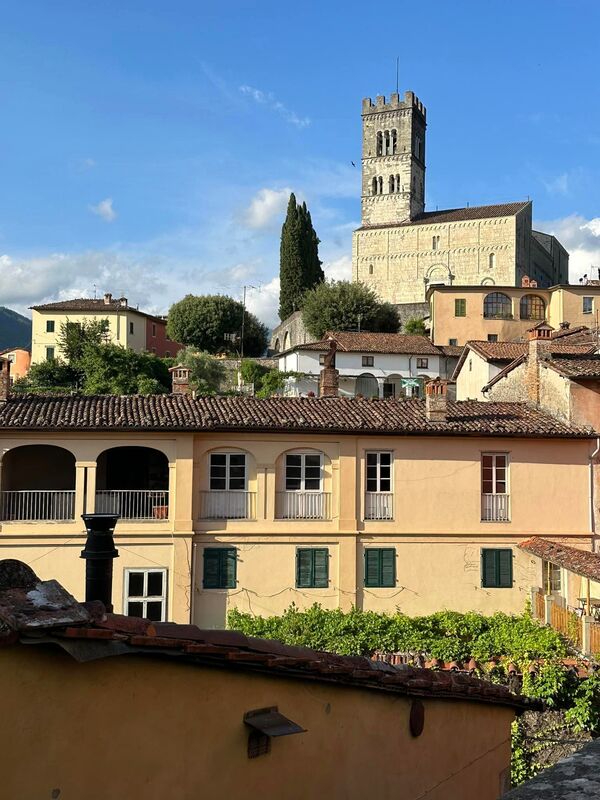
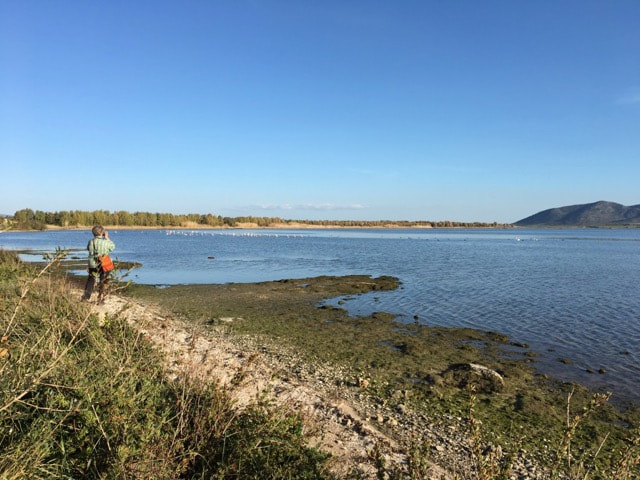
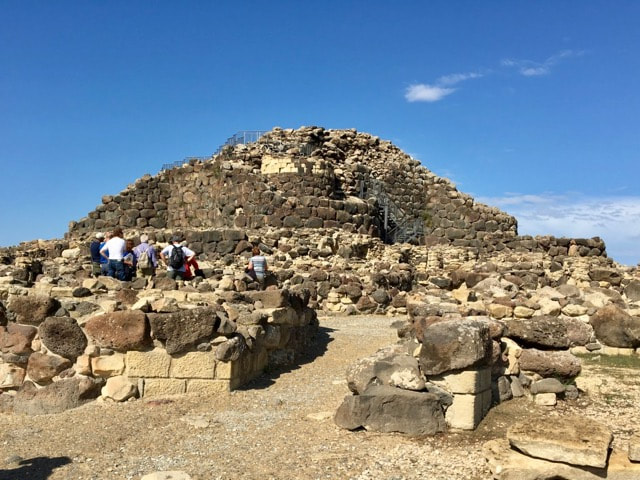
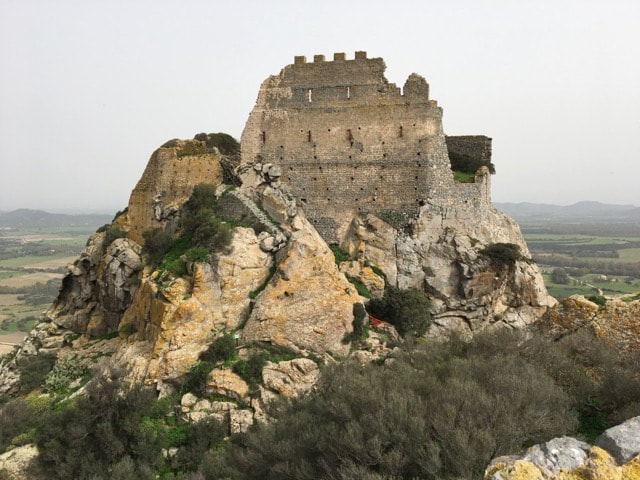

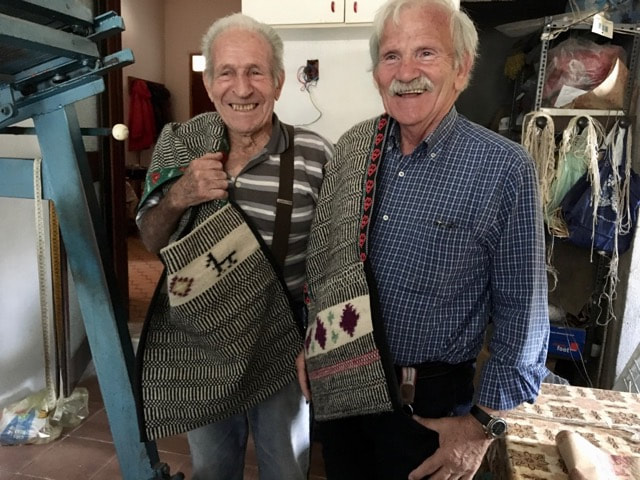
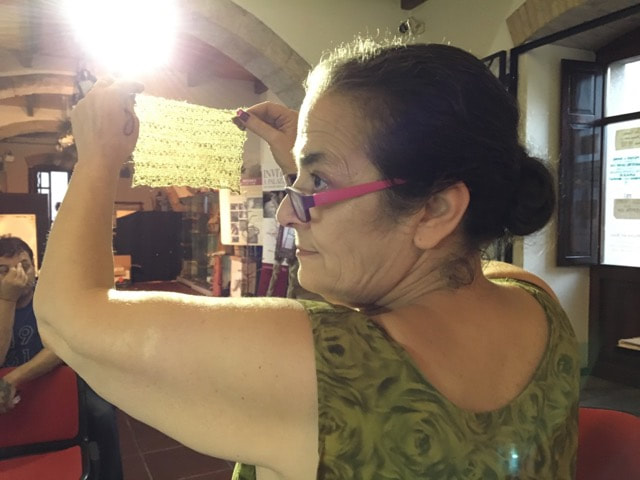
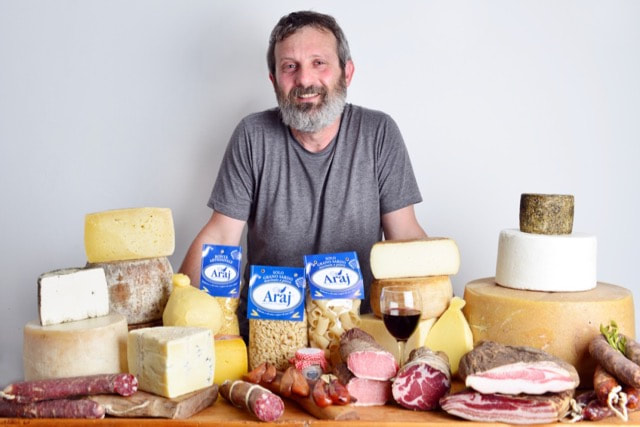
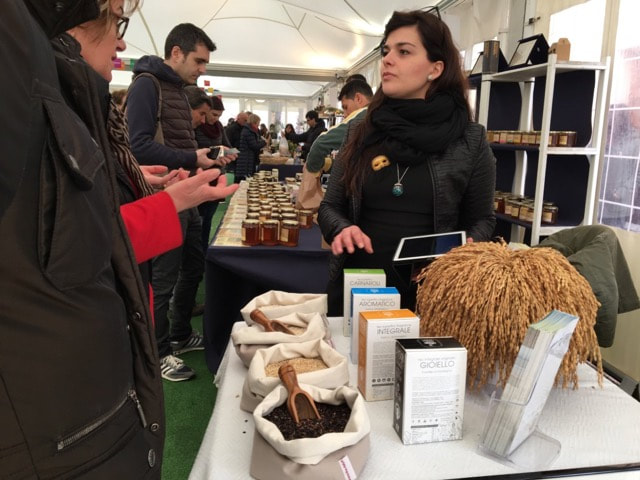
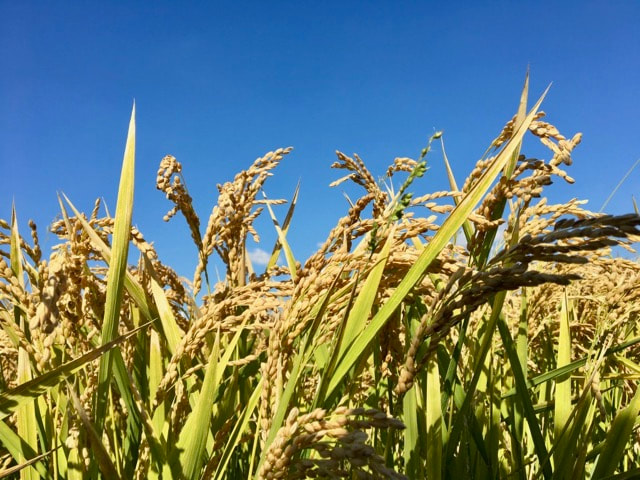
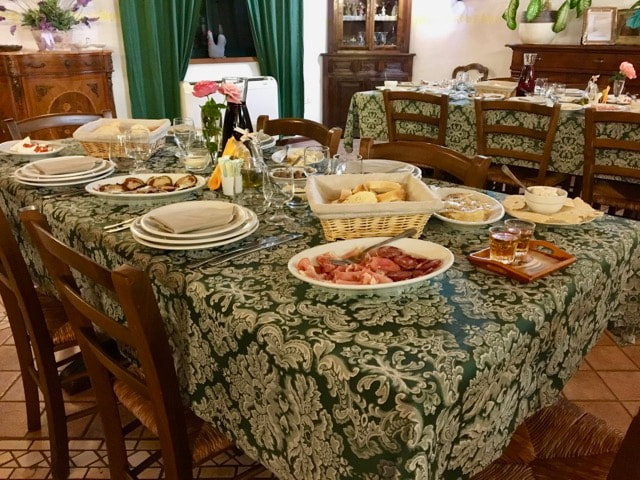
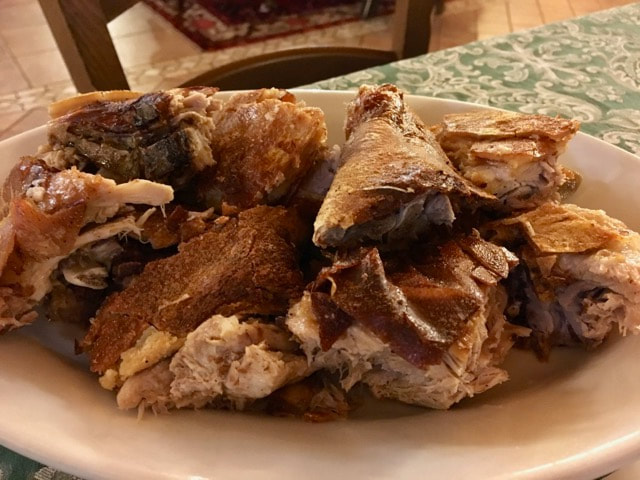

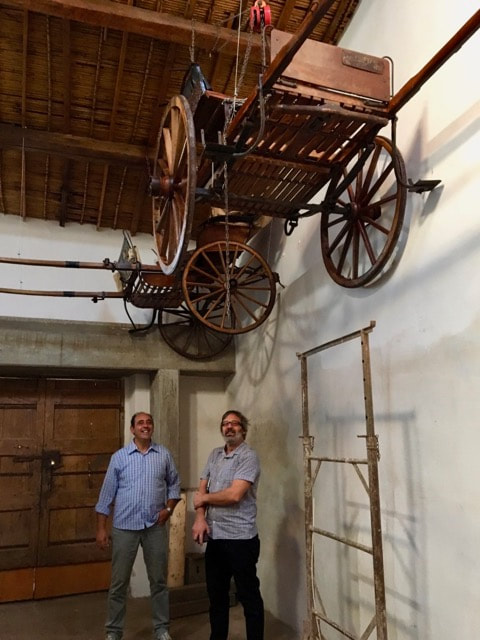

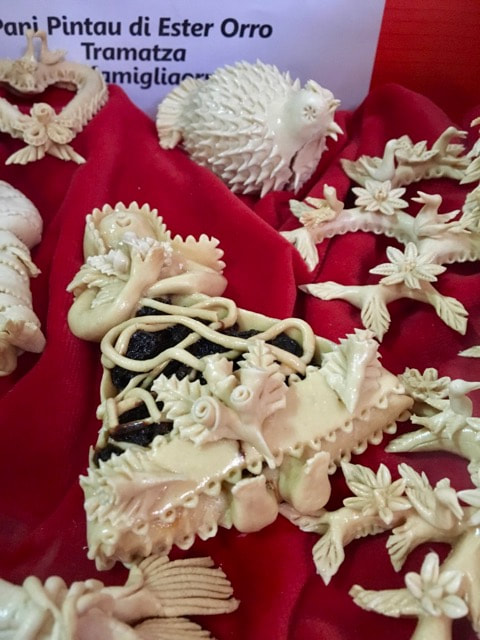
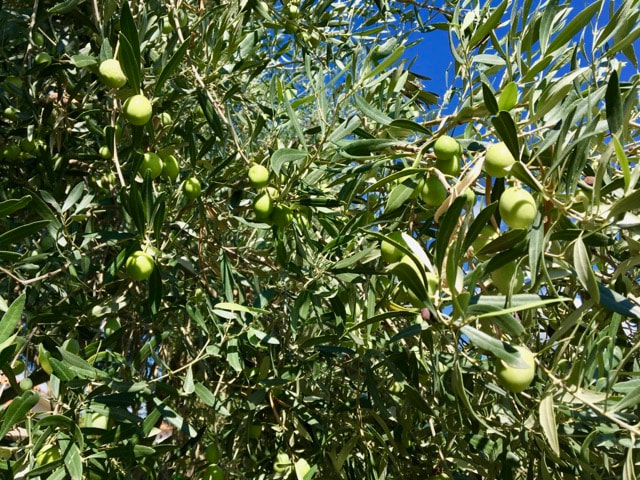
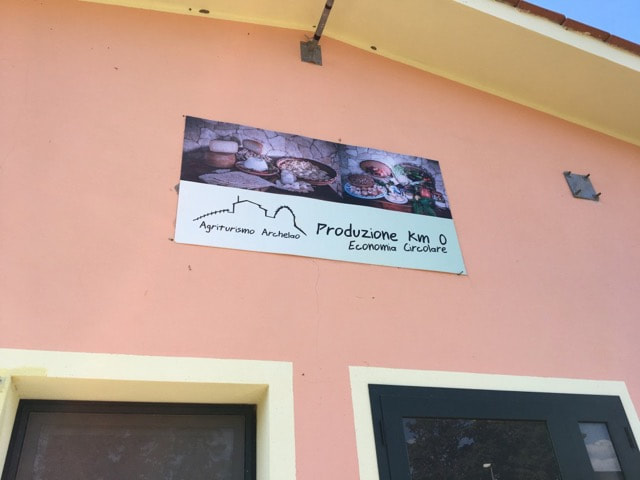
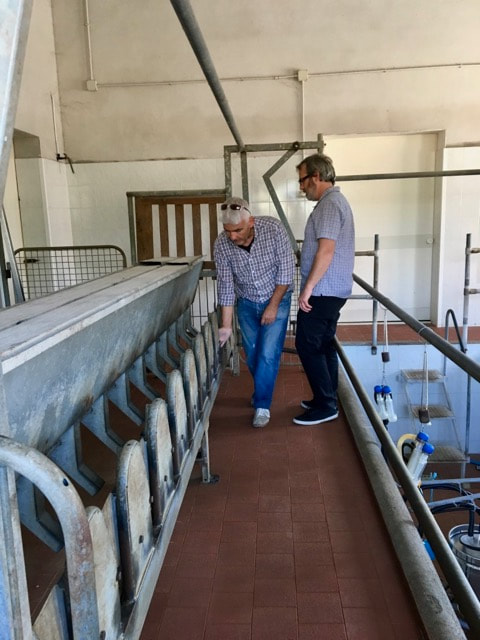
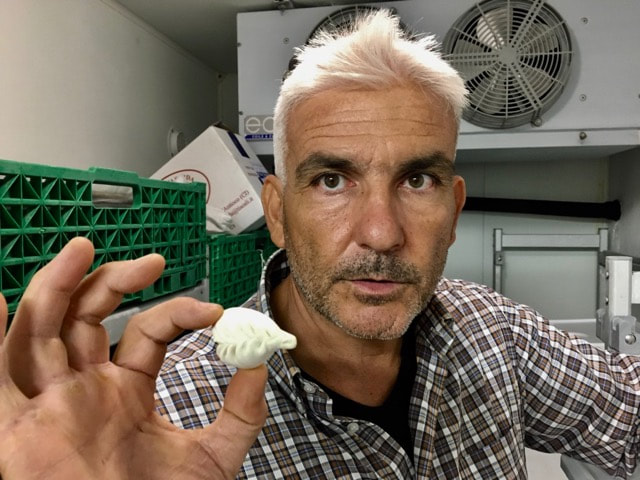
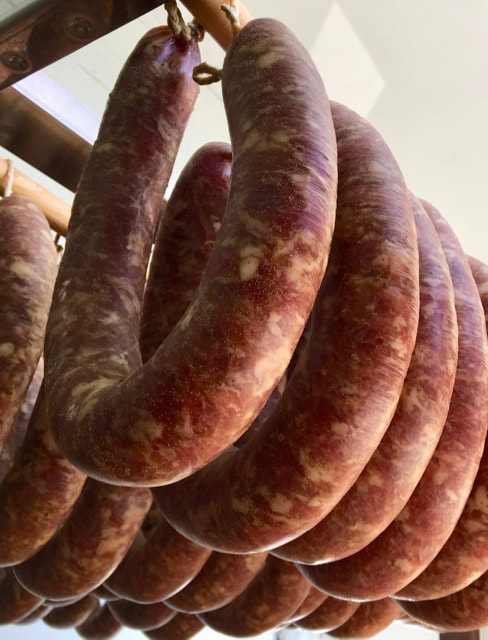
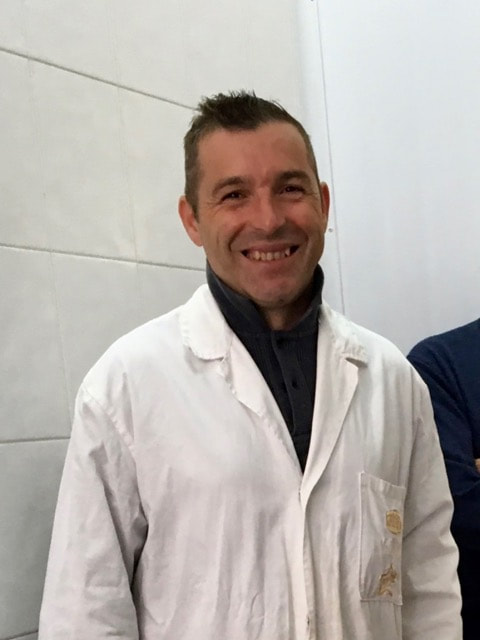
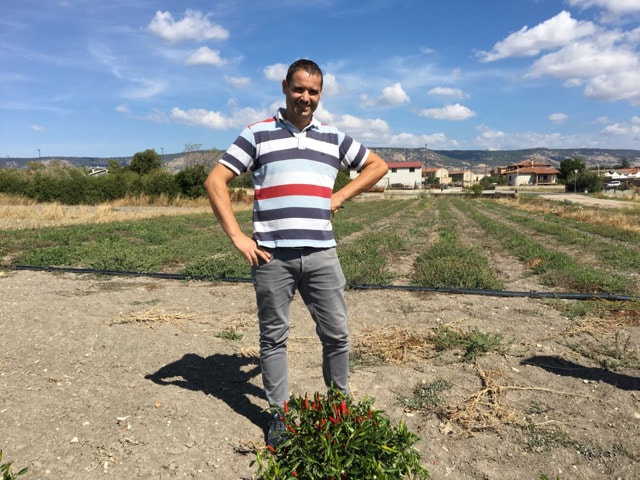
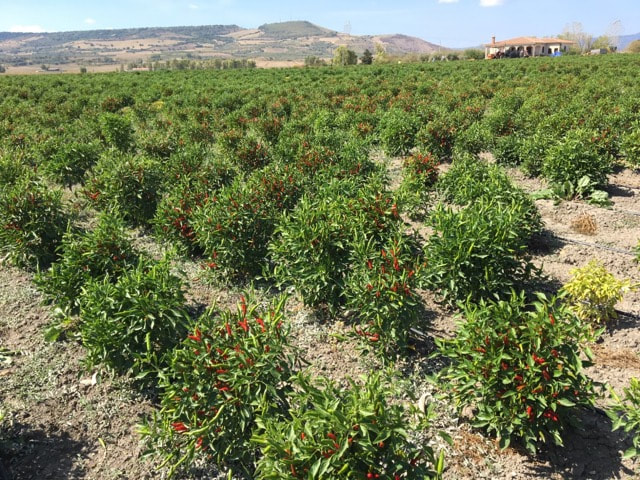
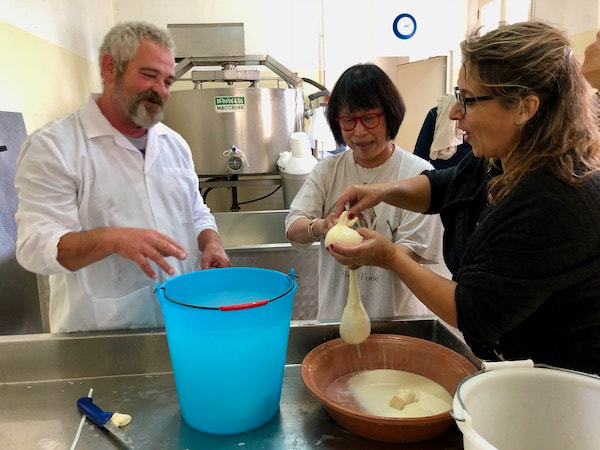
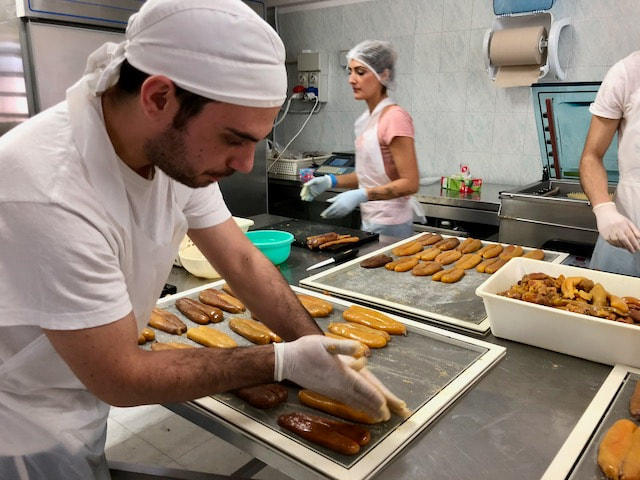
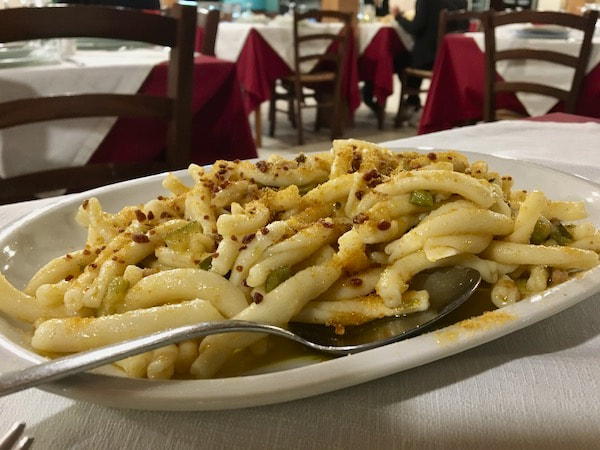
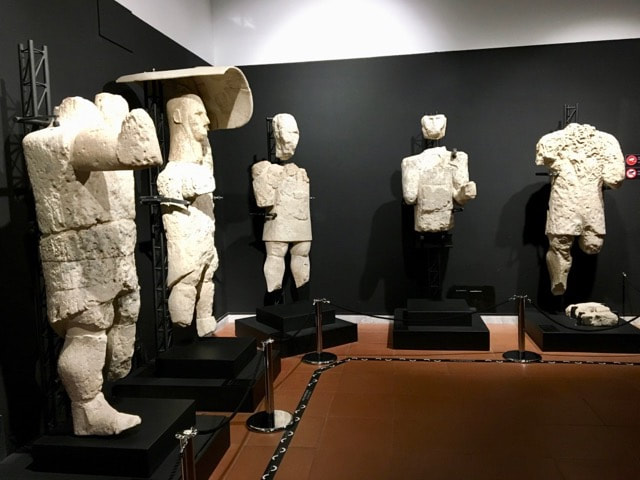
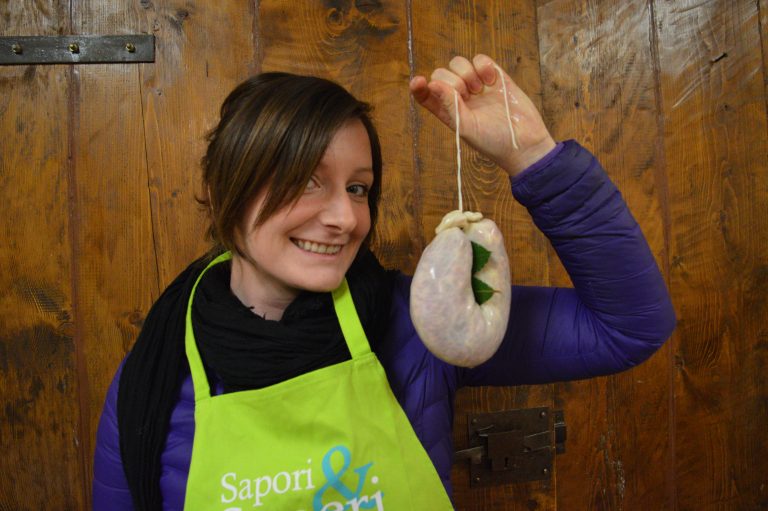
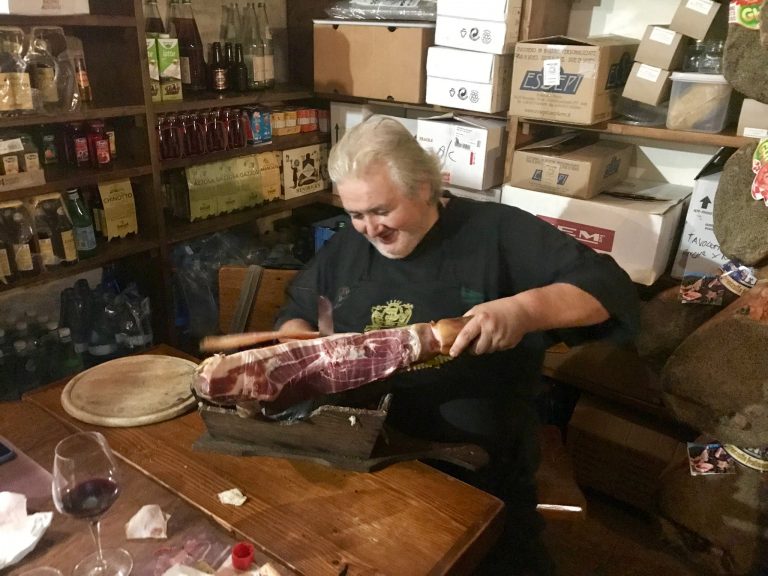
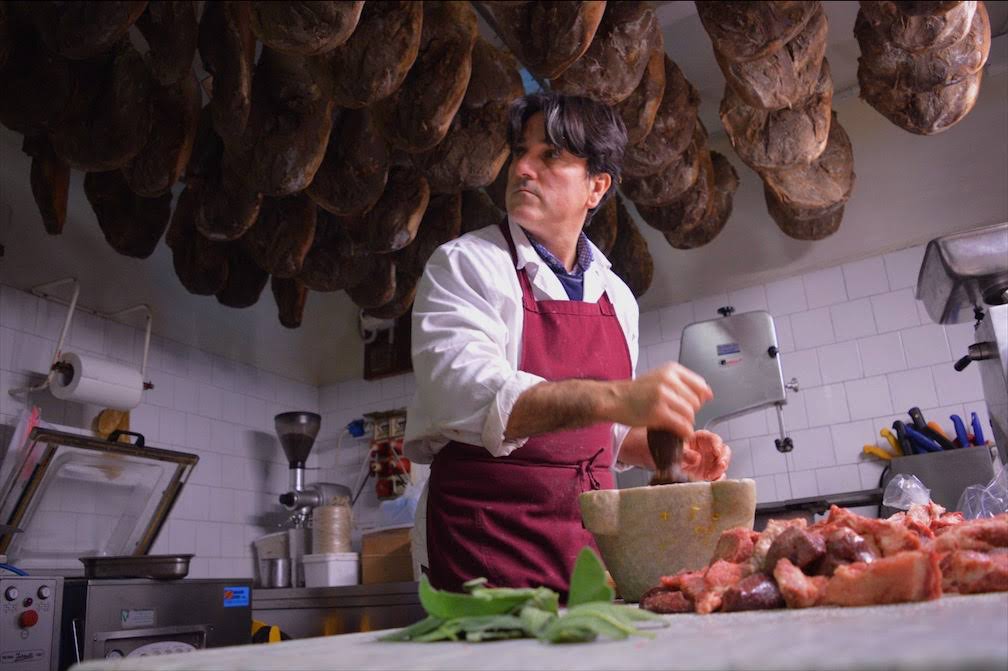
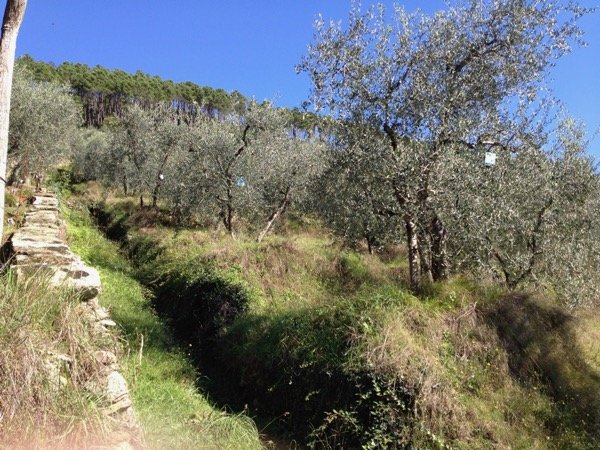
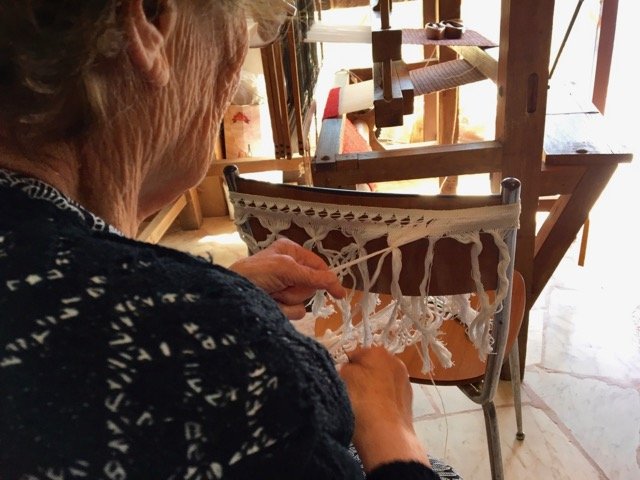
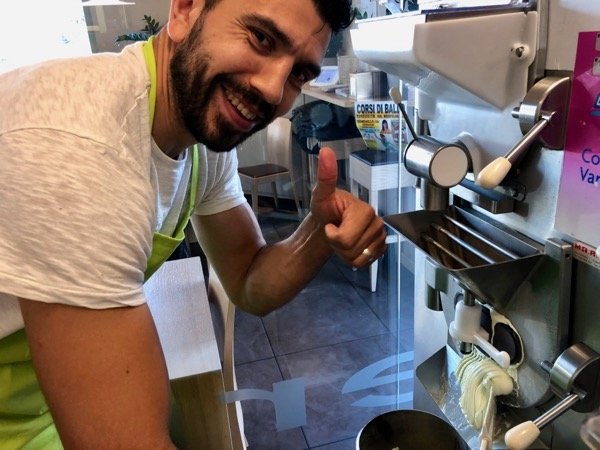
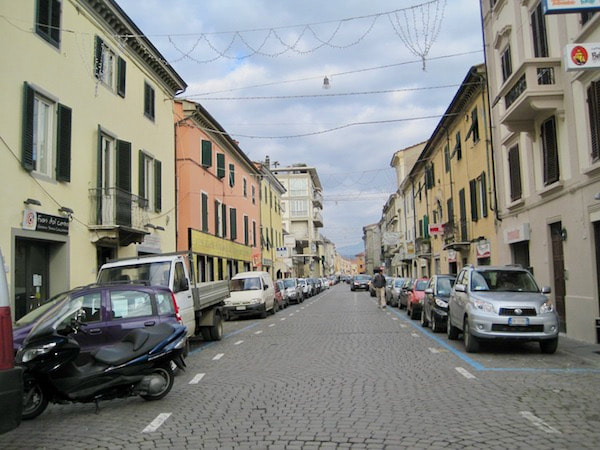
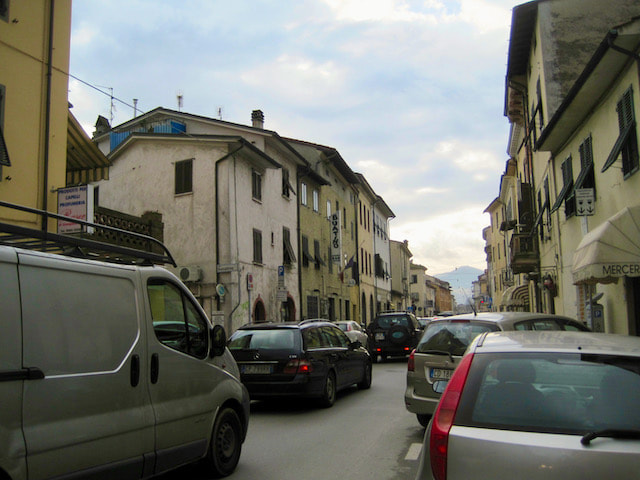
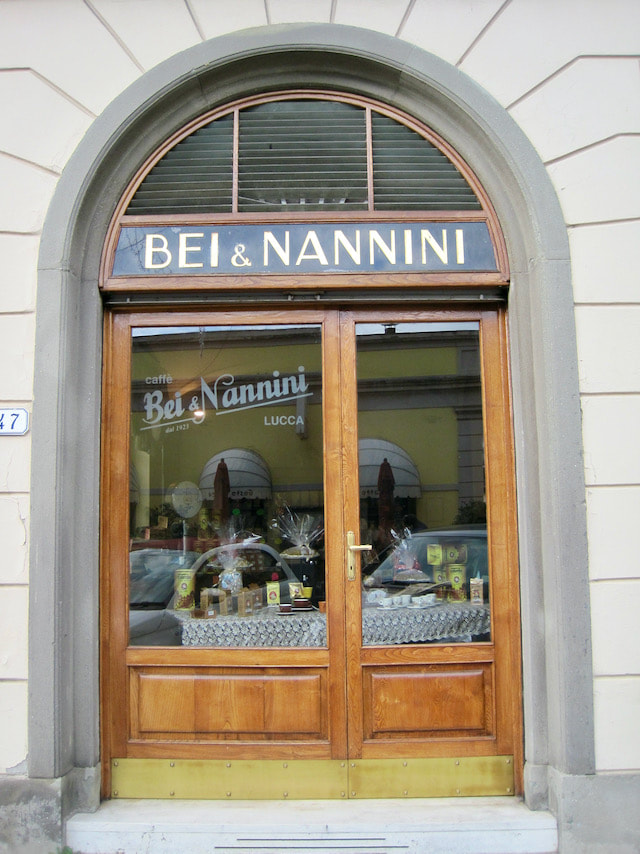
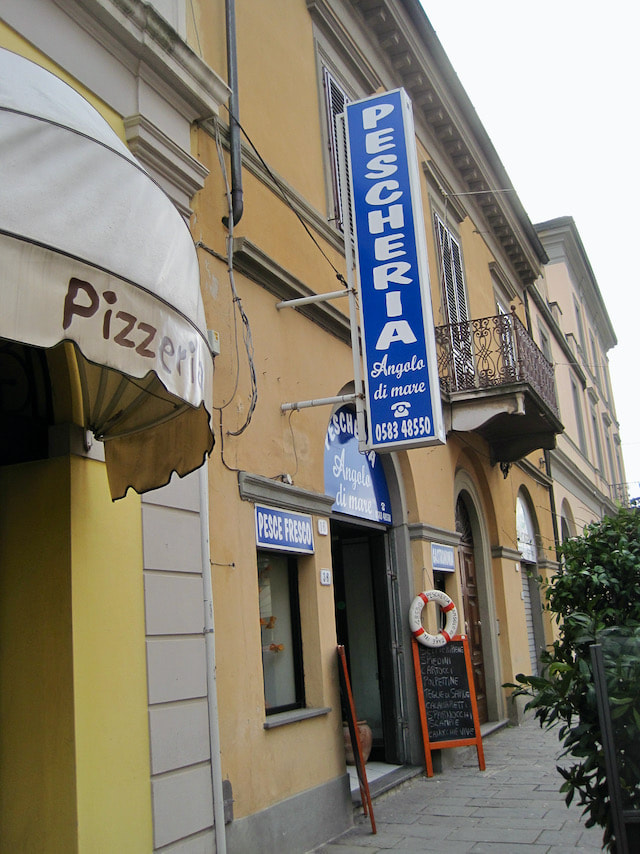
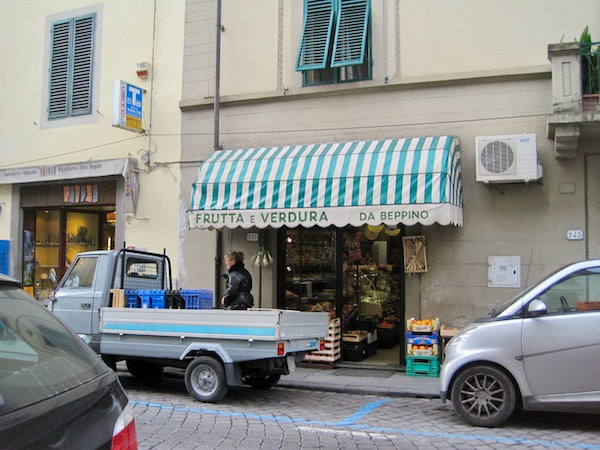
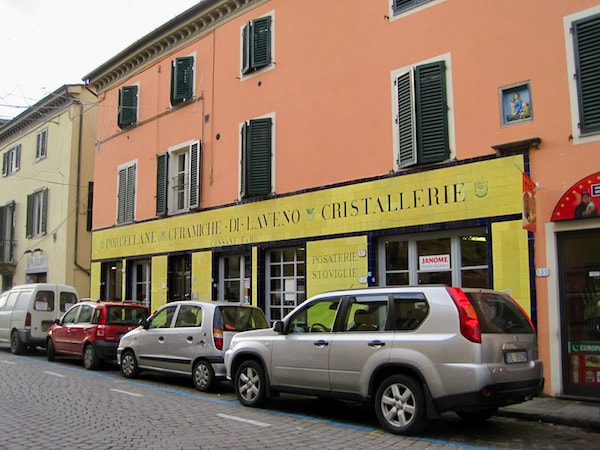
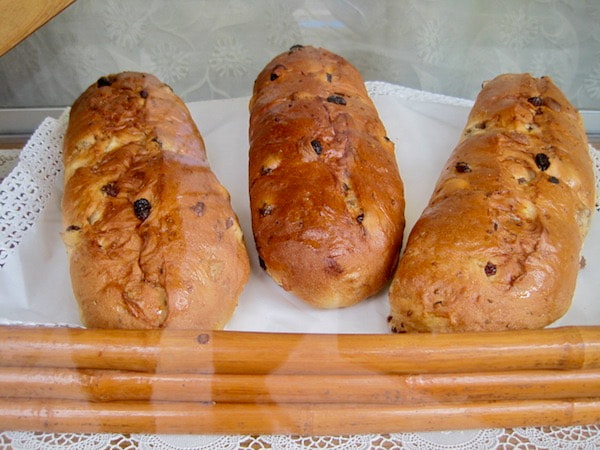
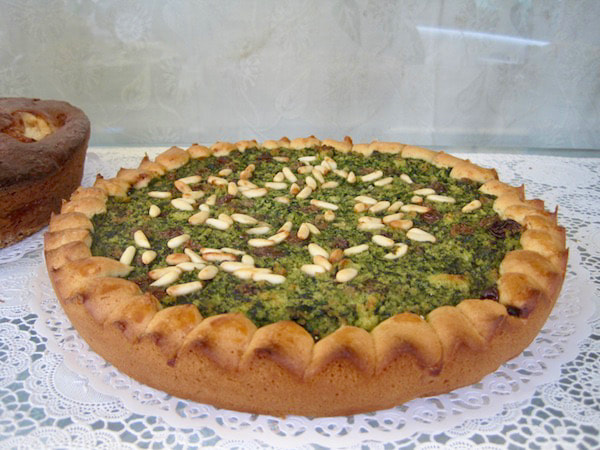
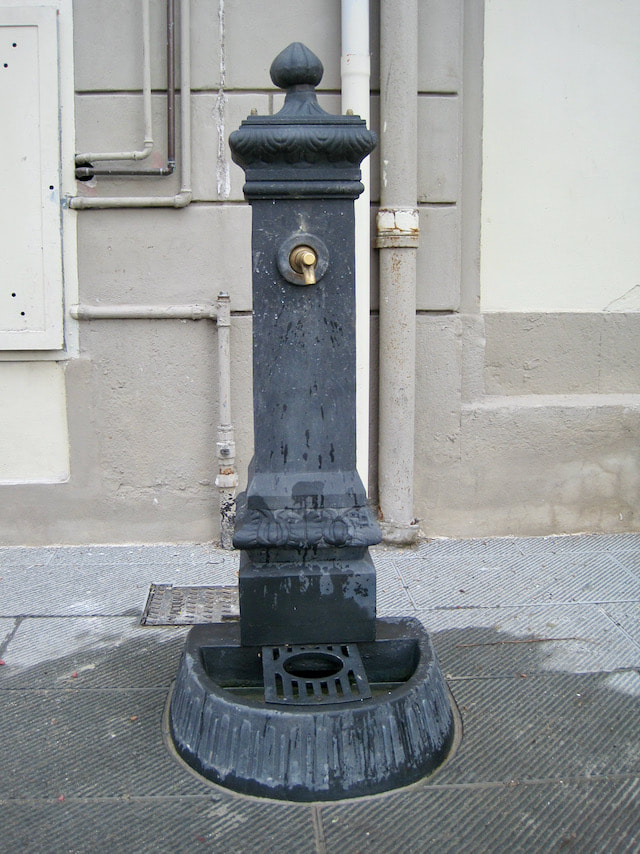
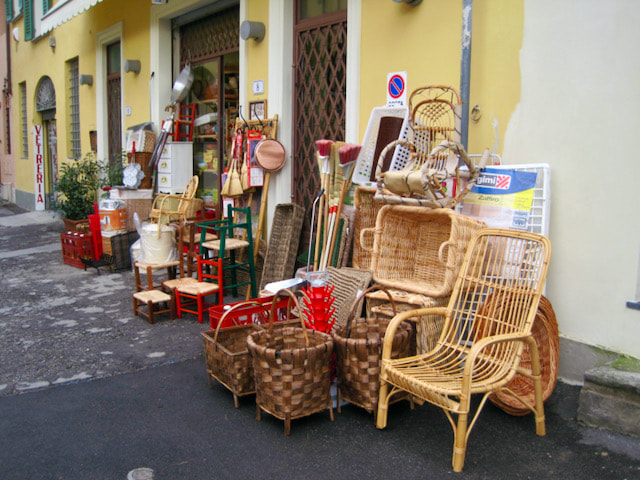
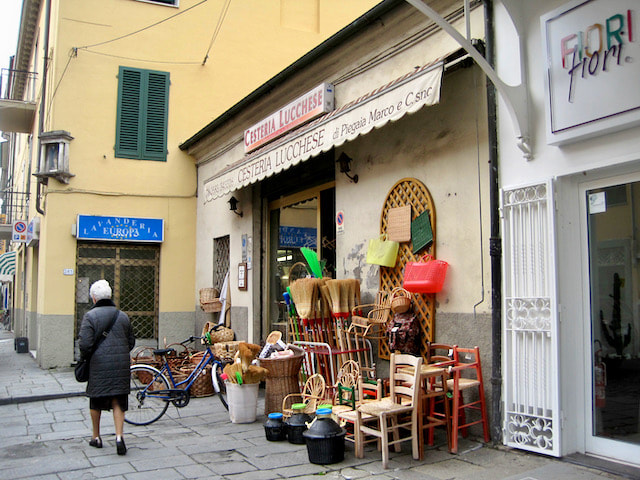
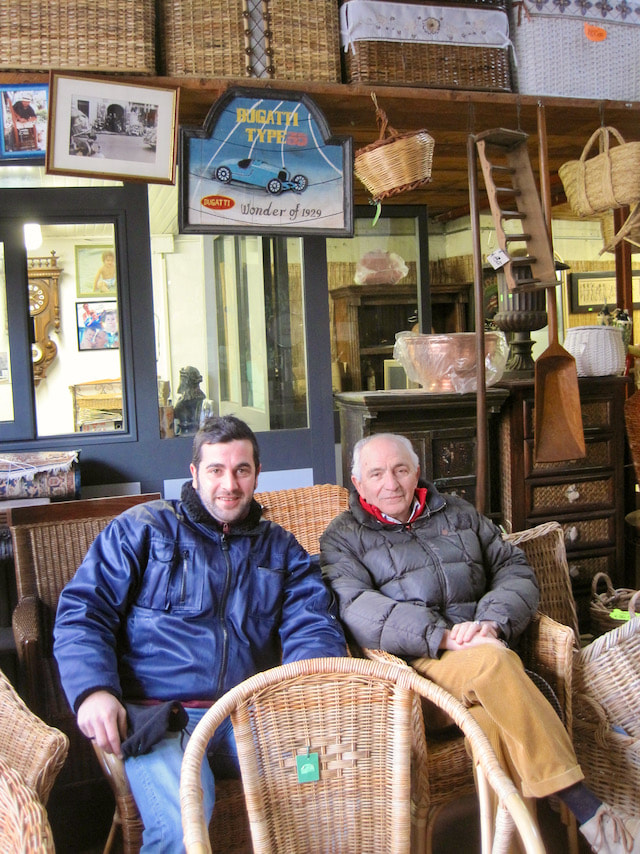
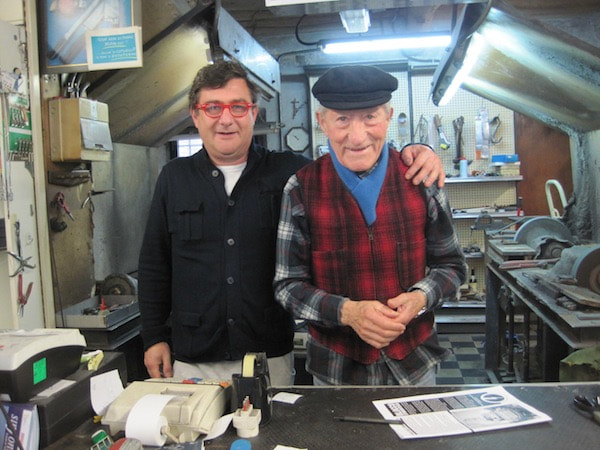
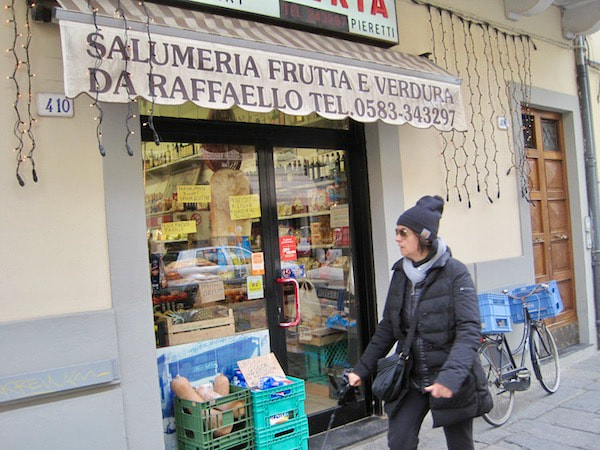
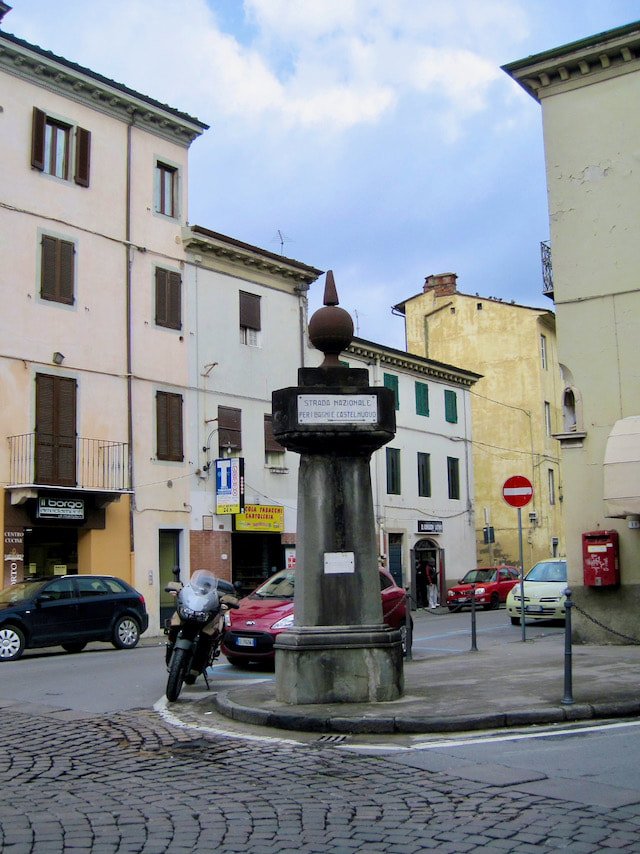
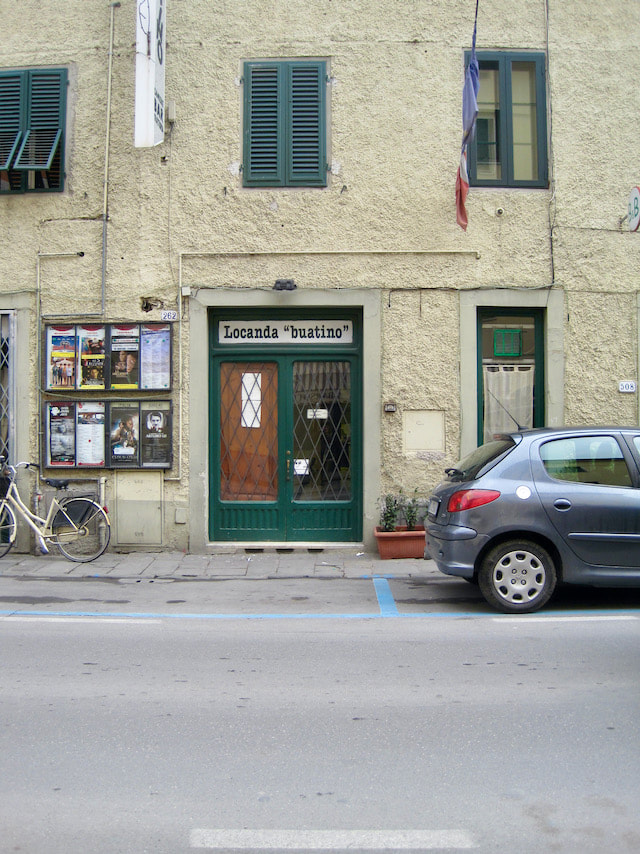
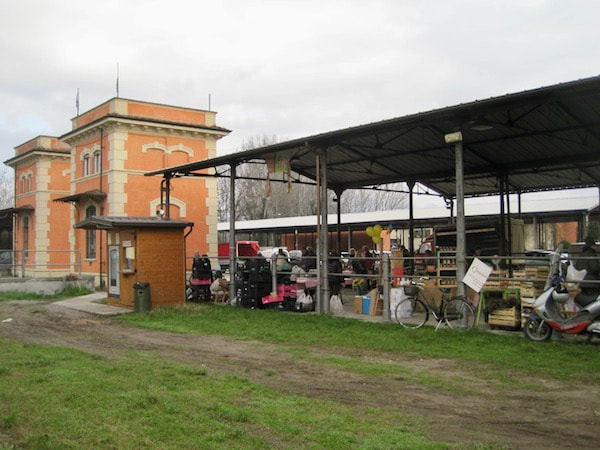
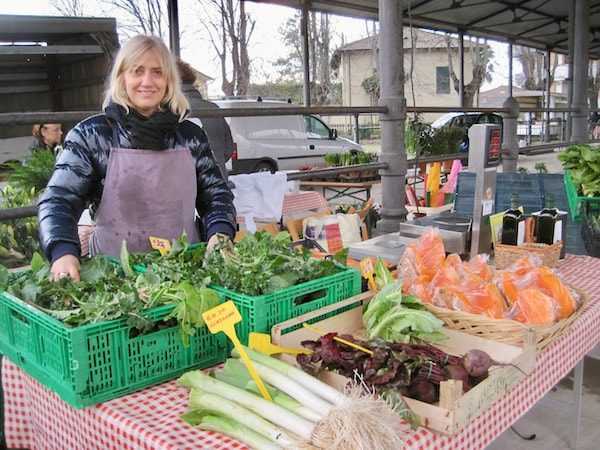

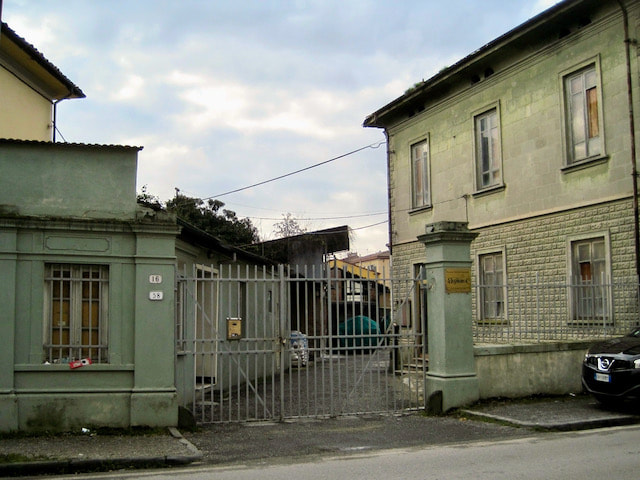

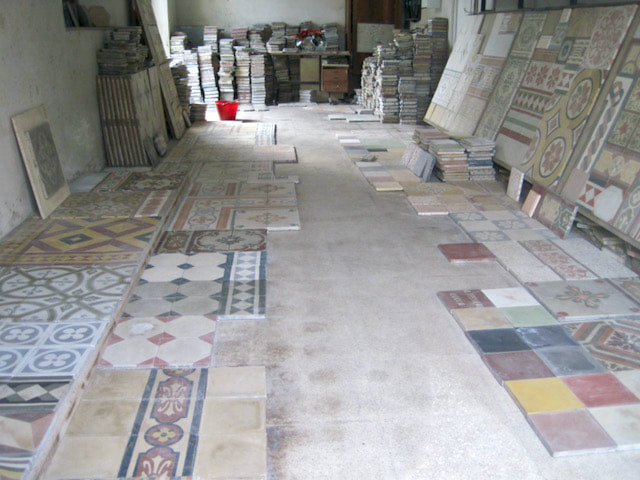
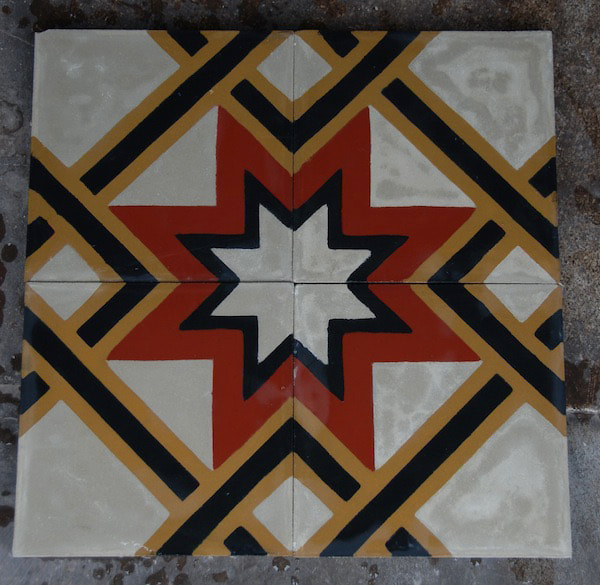
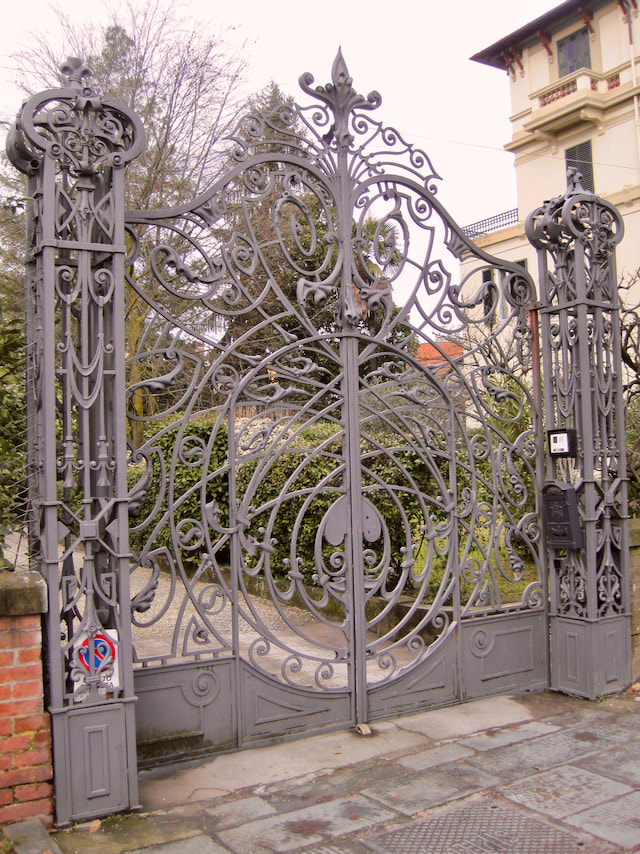
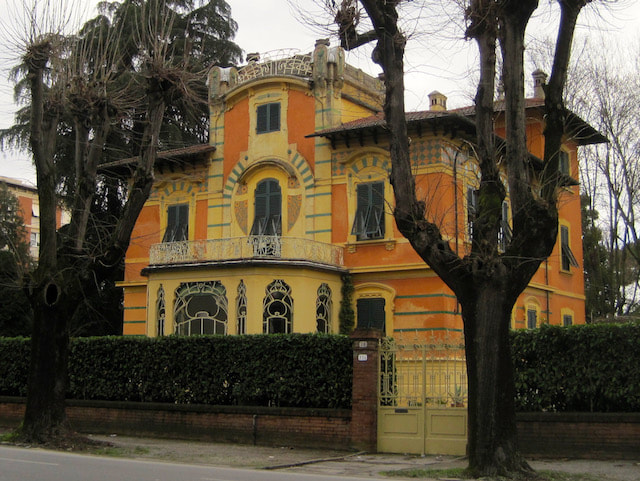
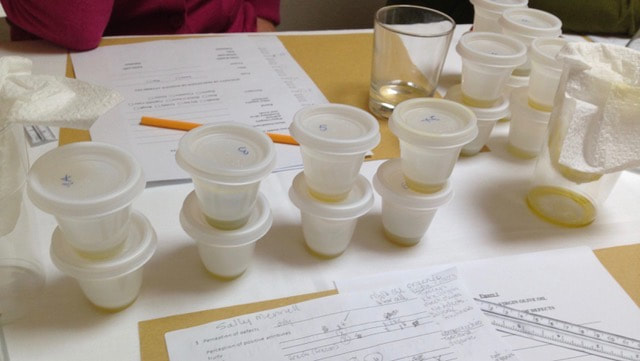

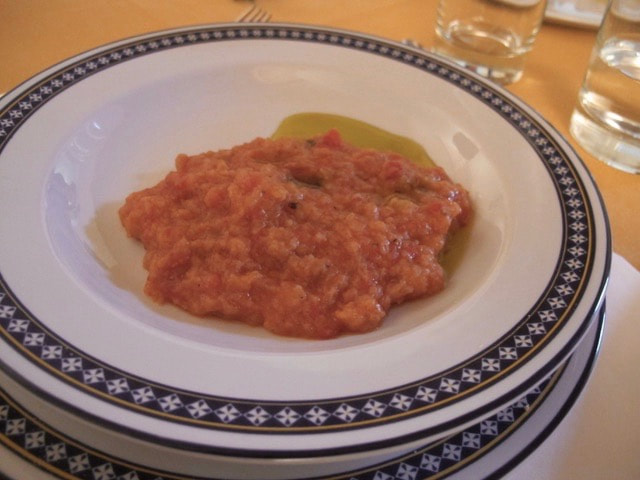
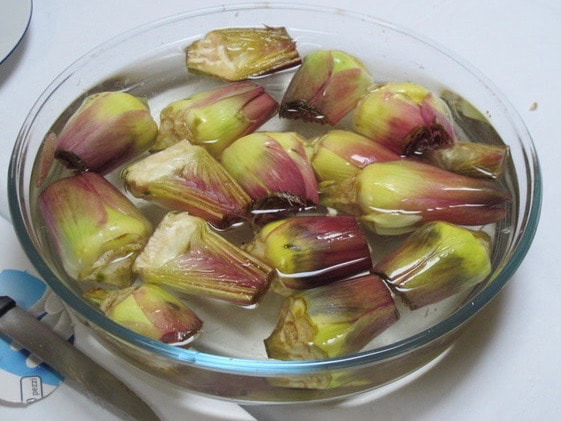
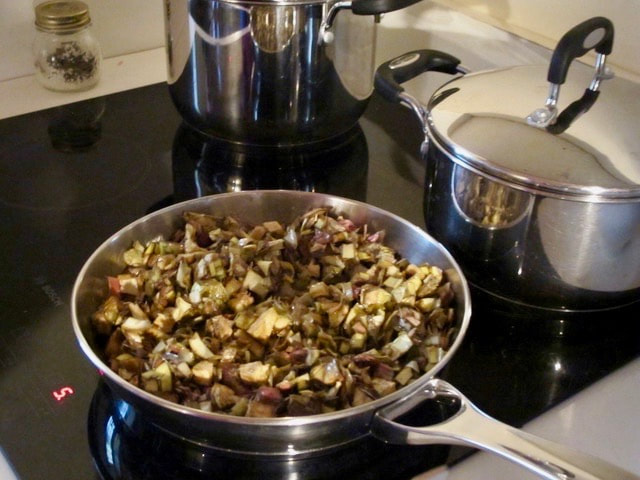
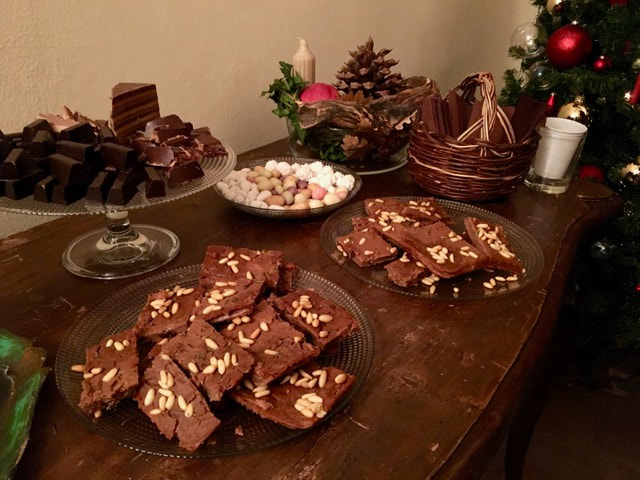
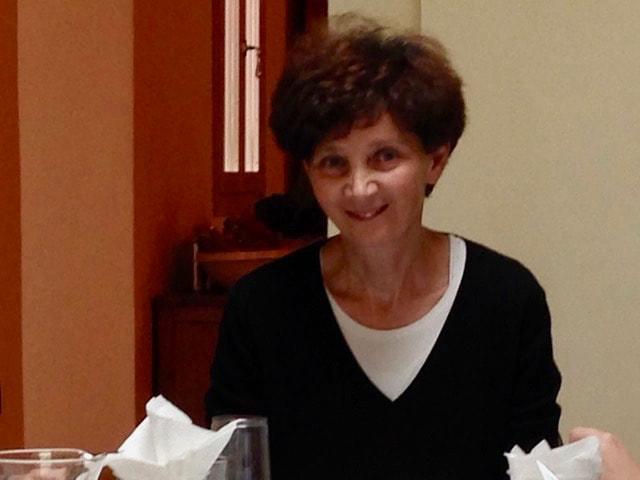
 RSS Feed
RSS Feed



